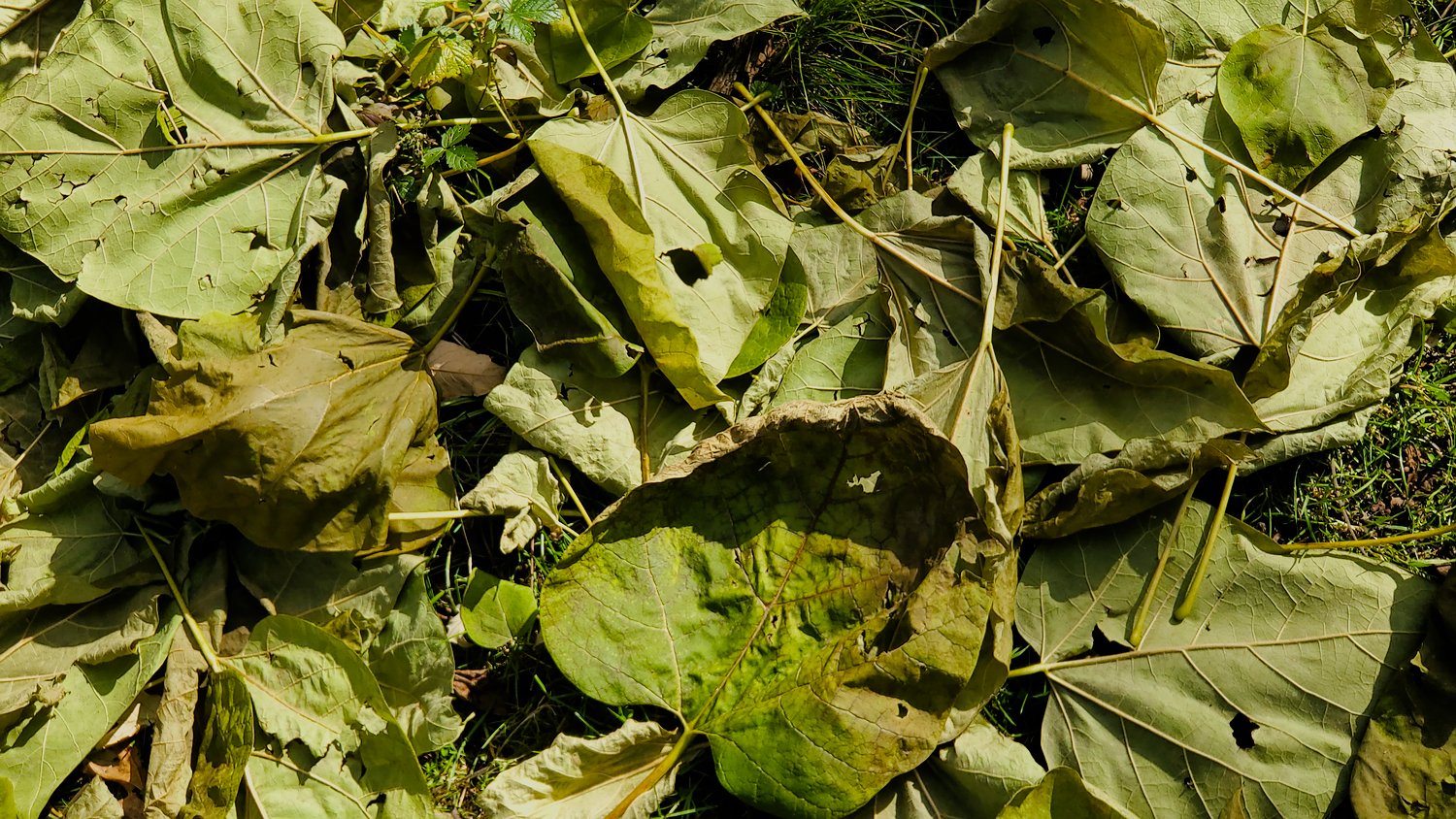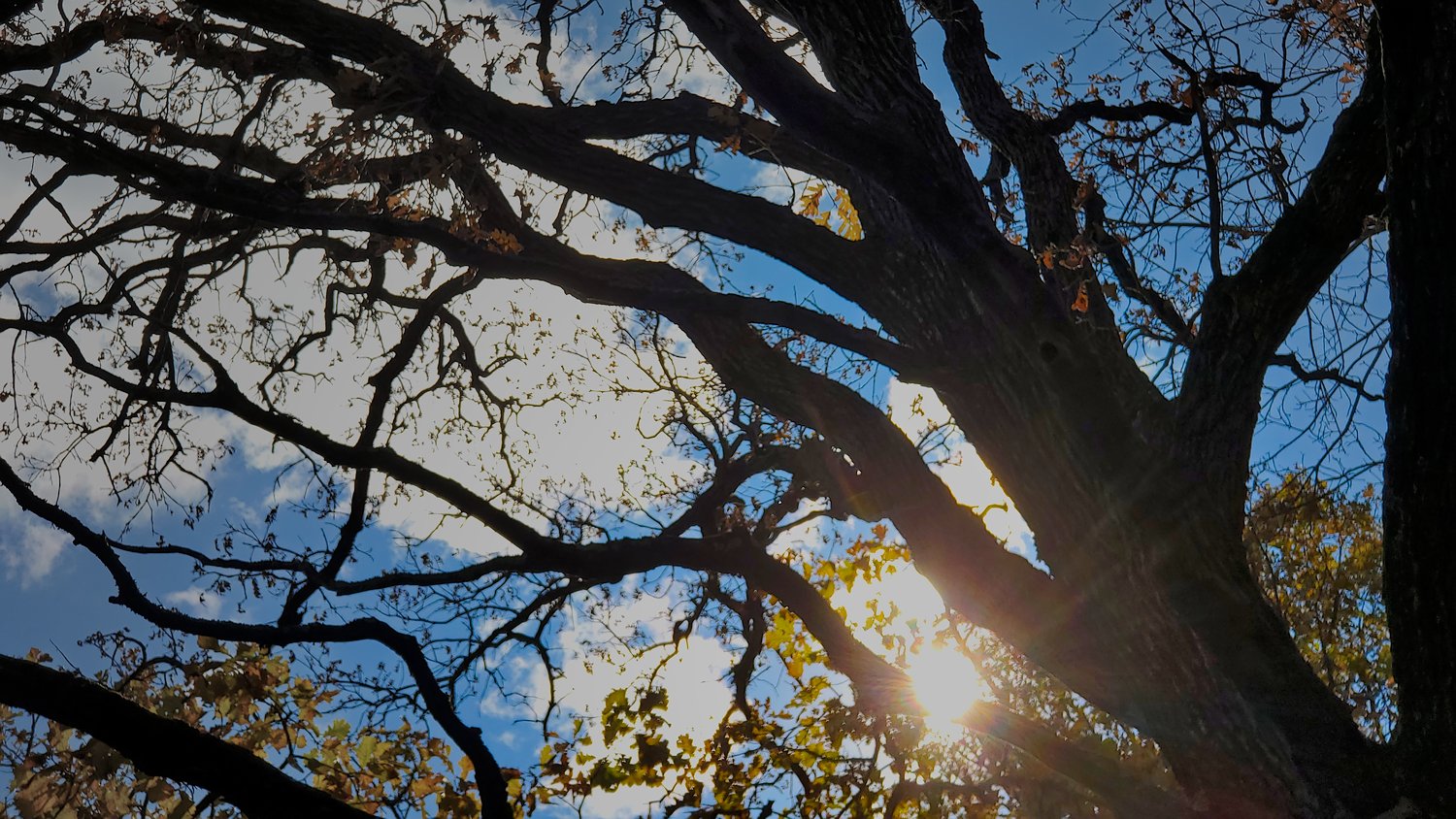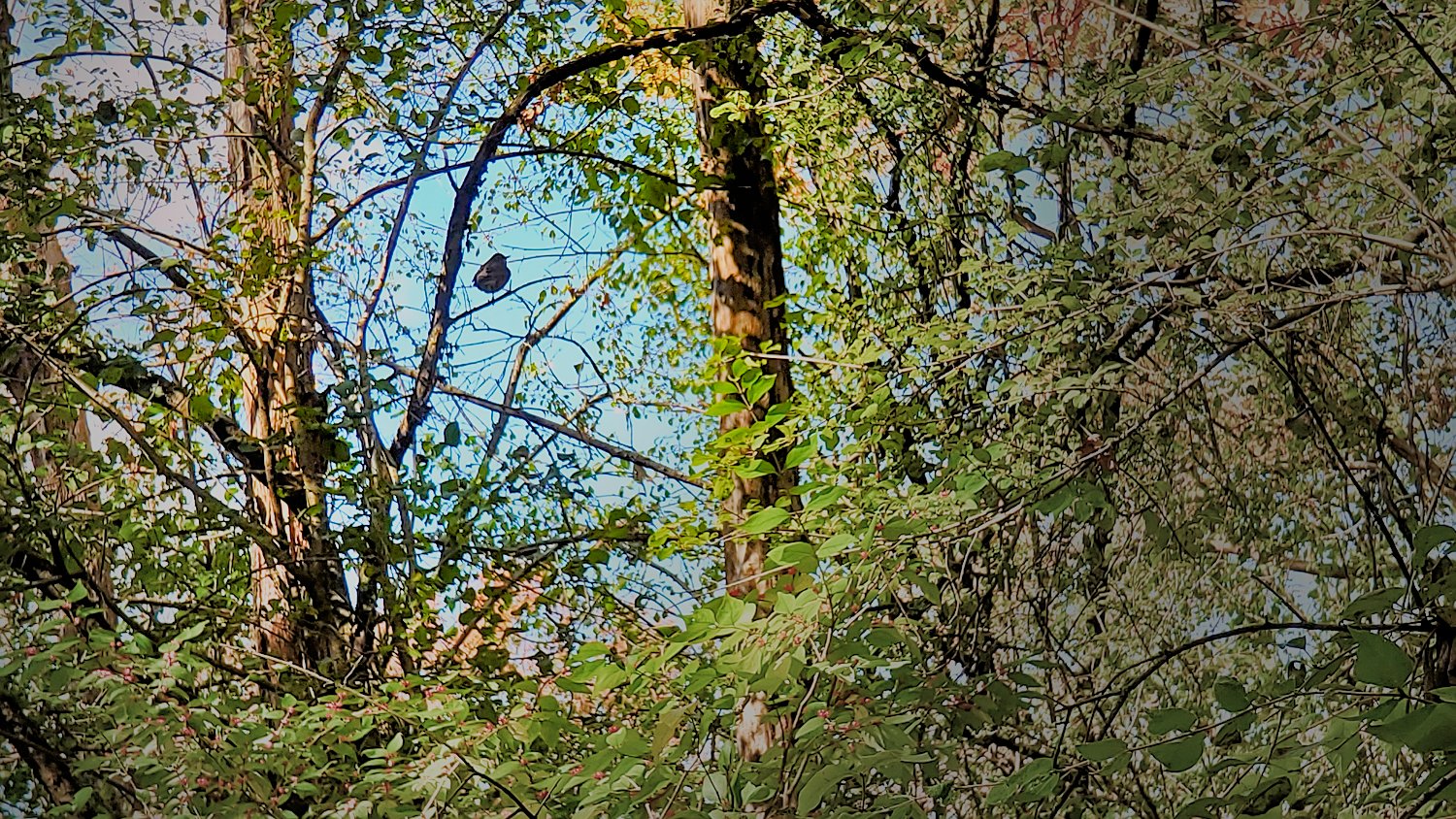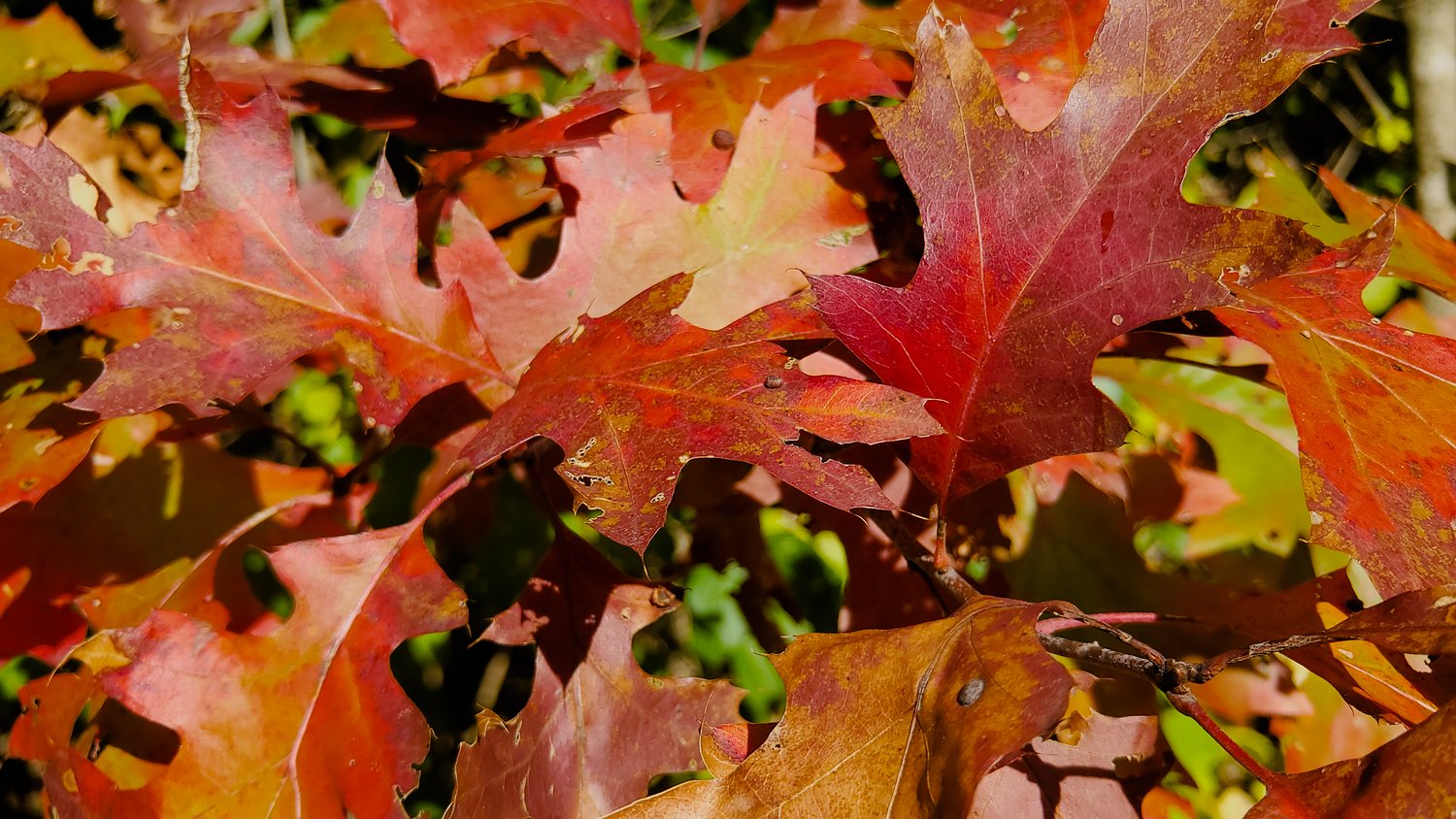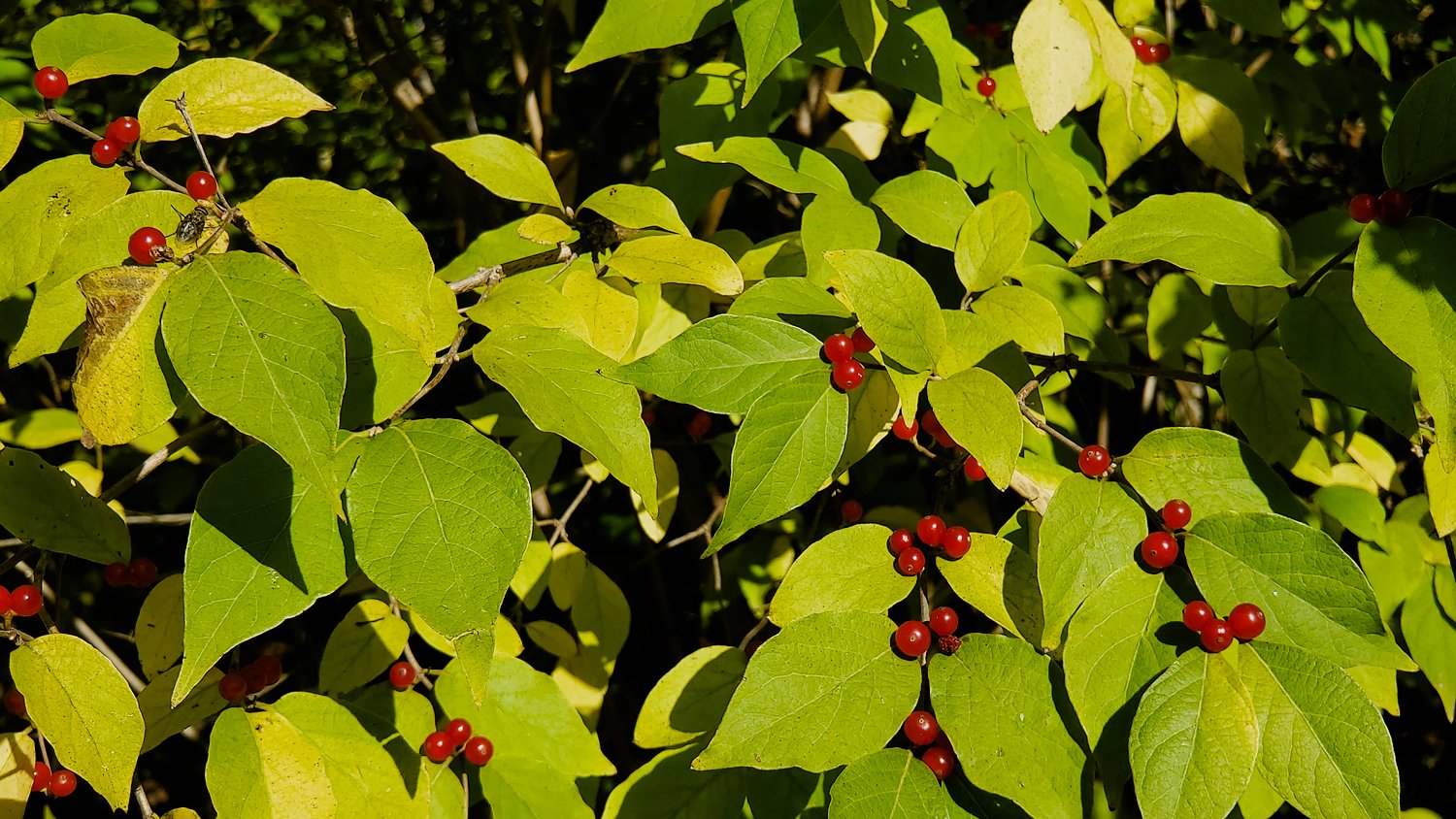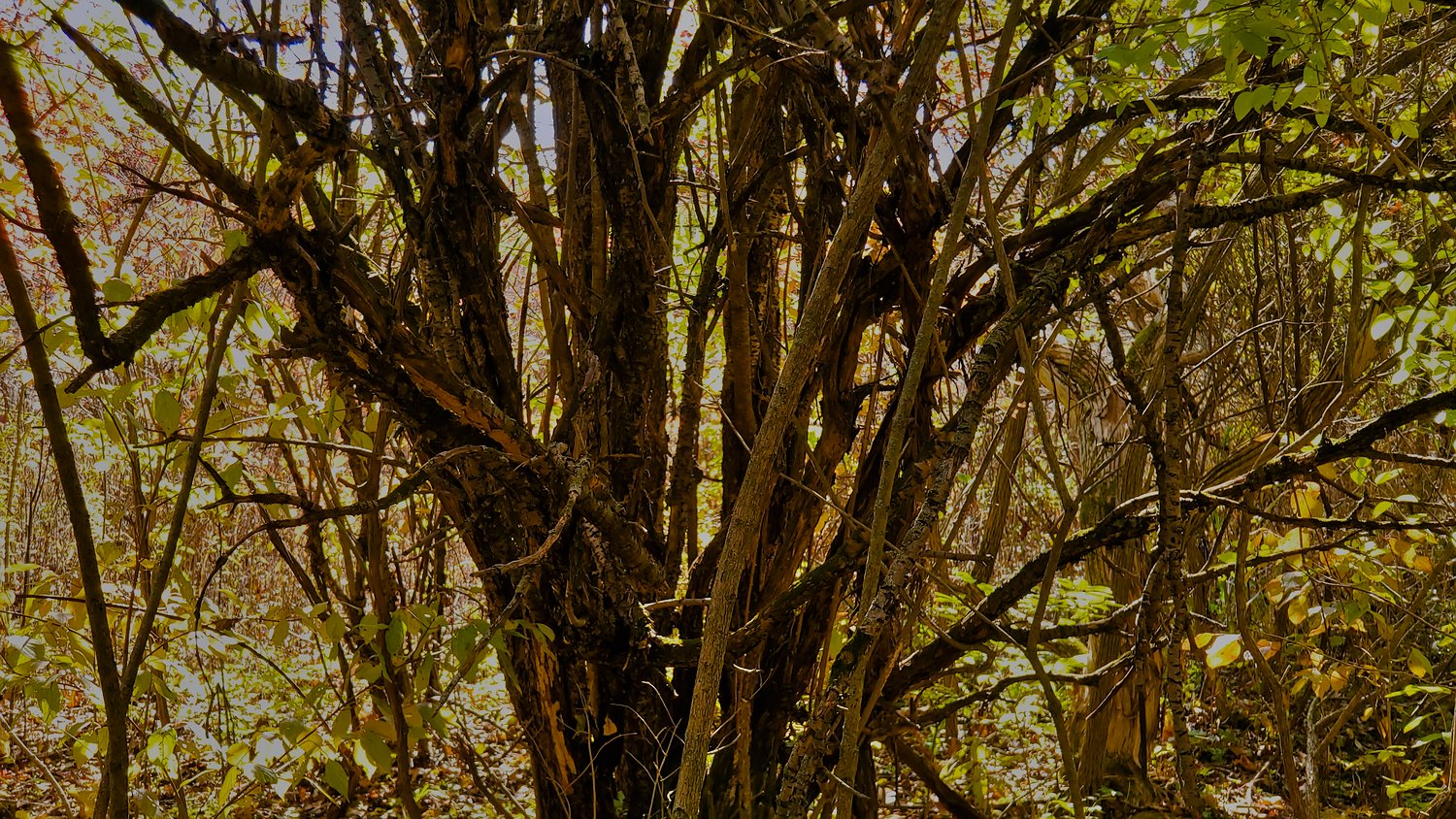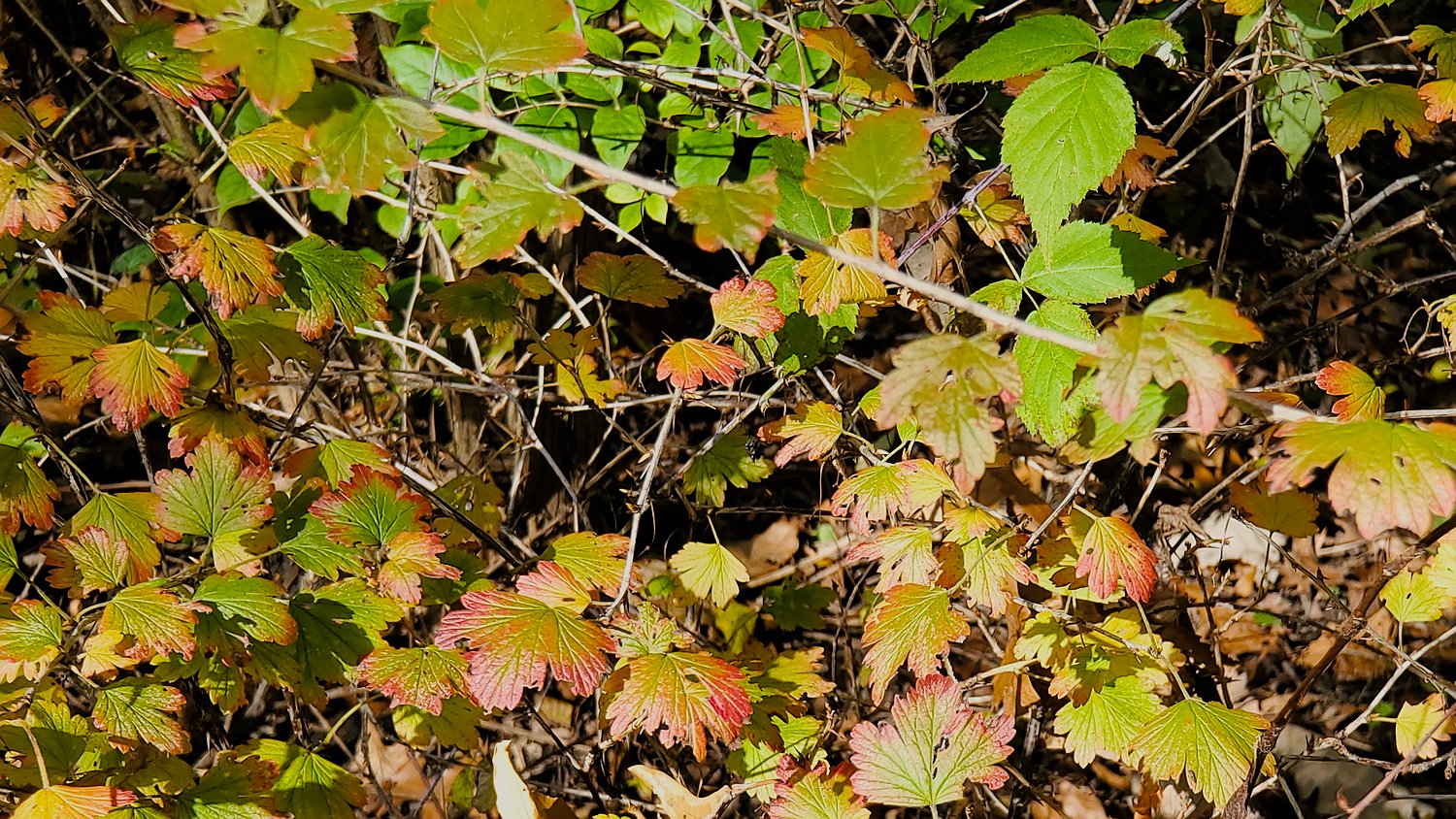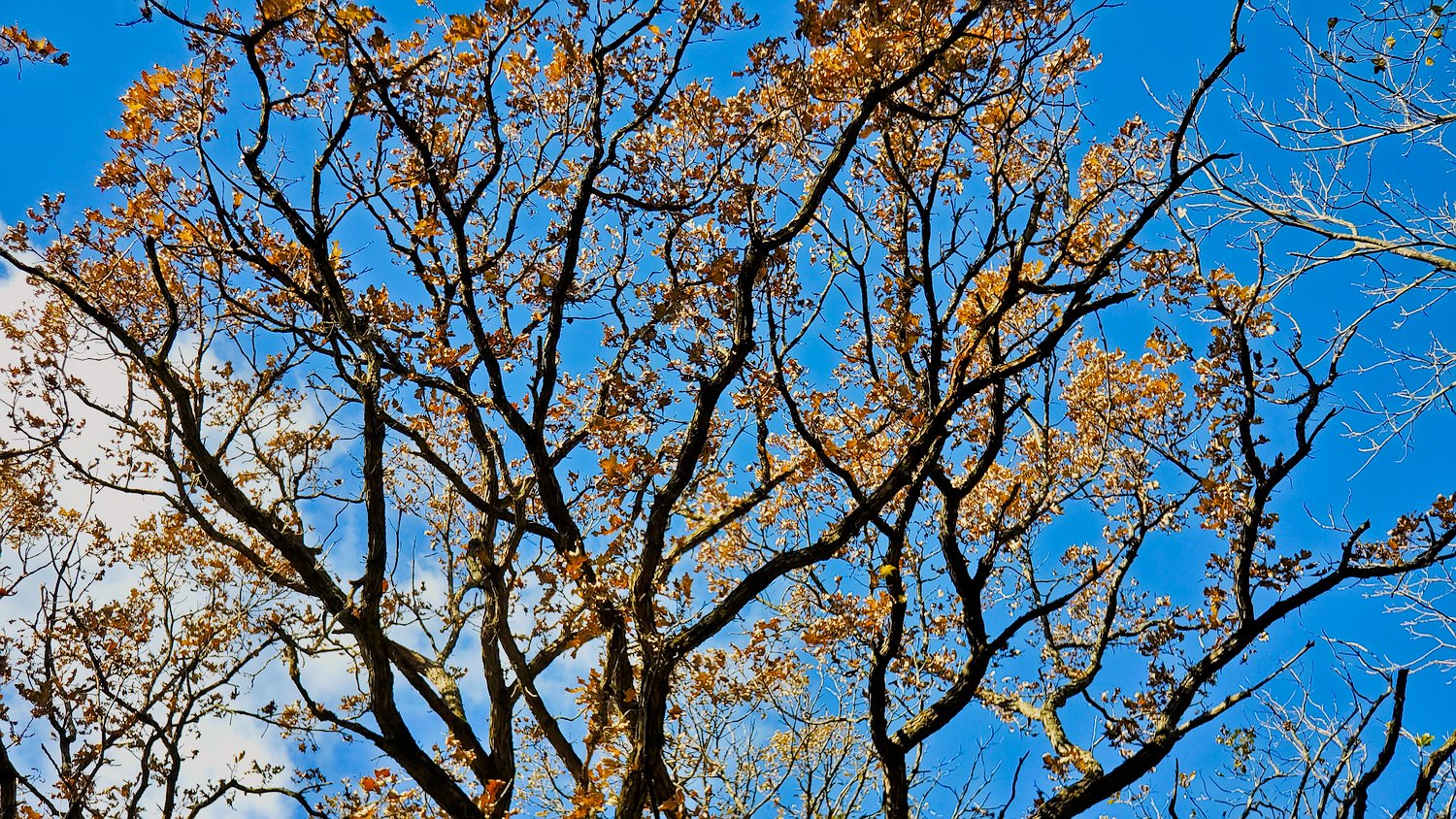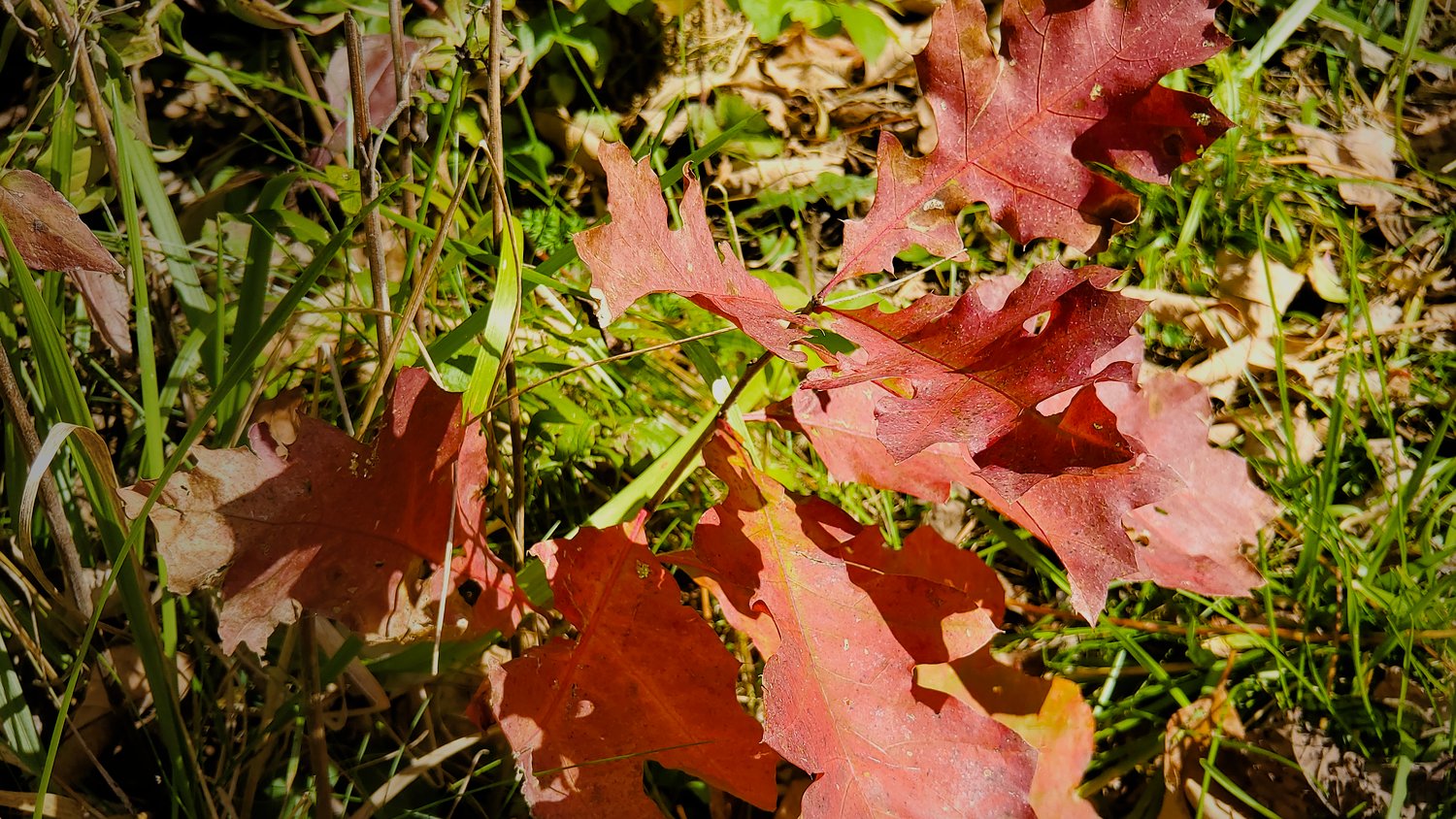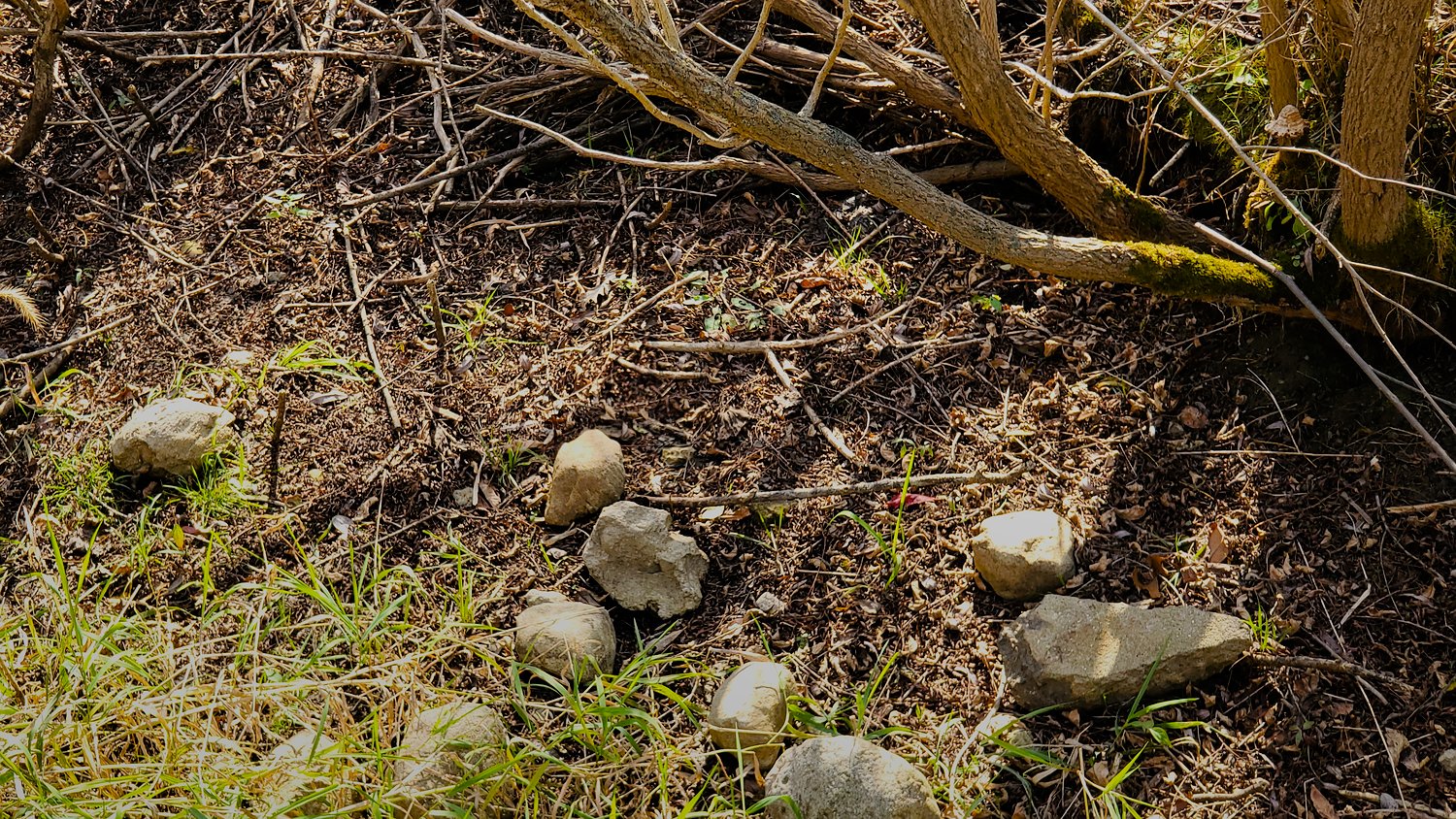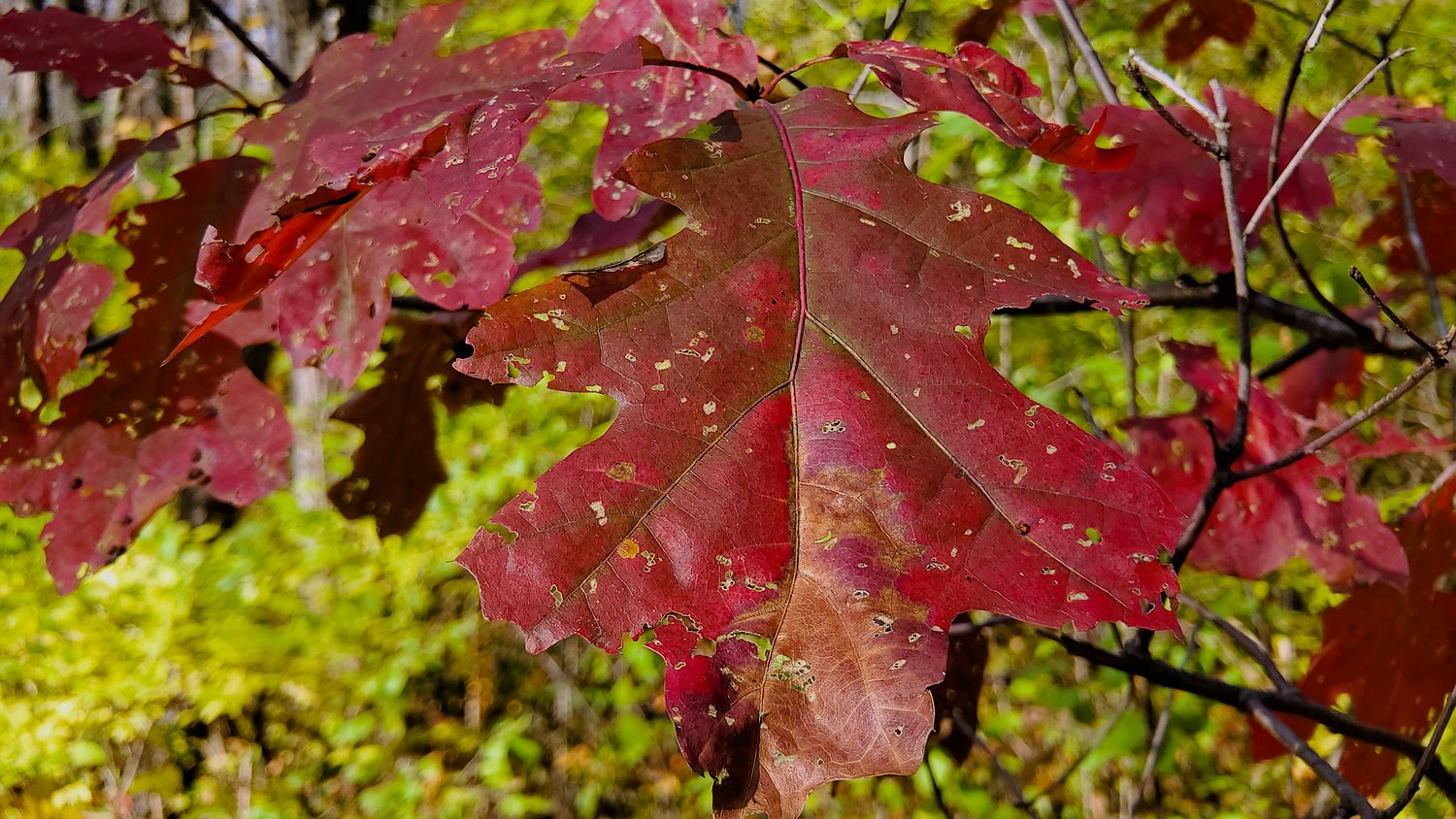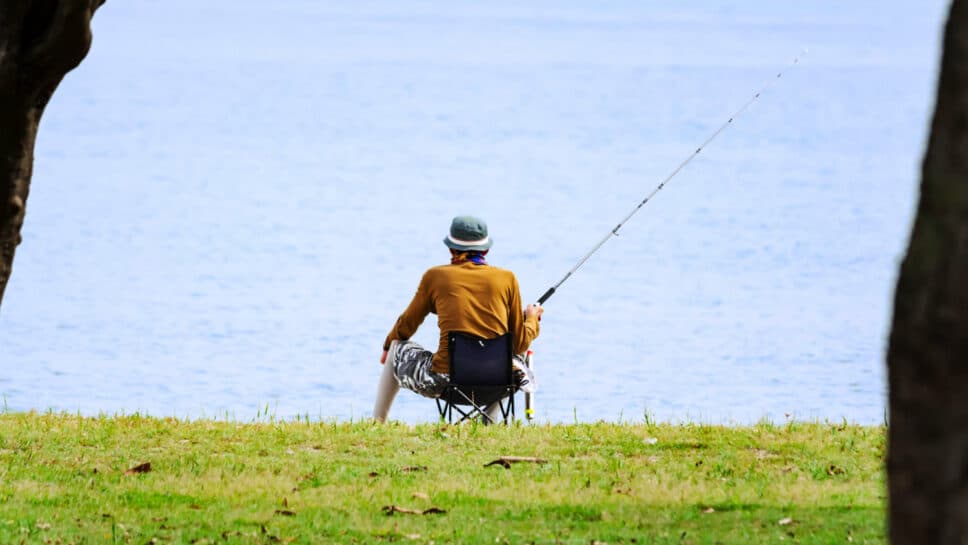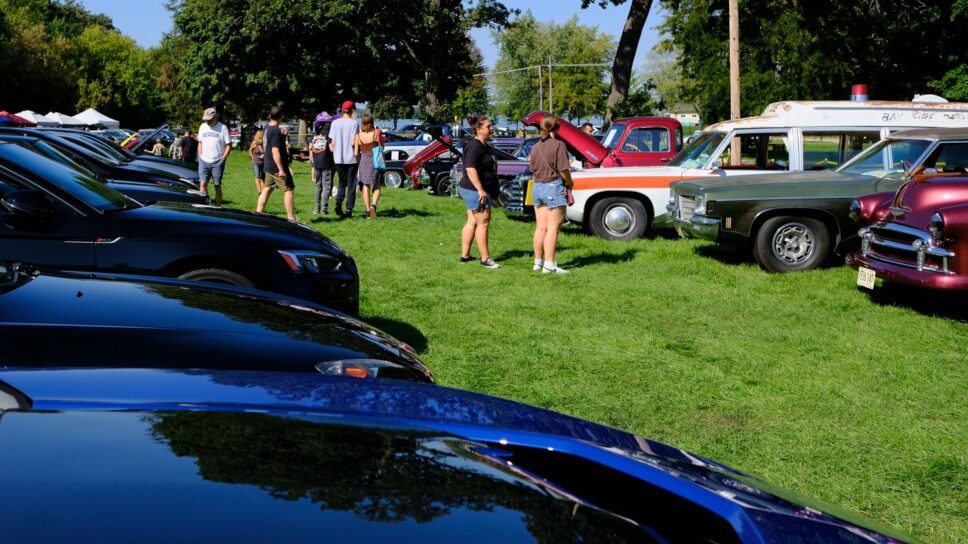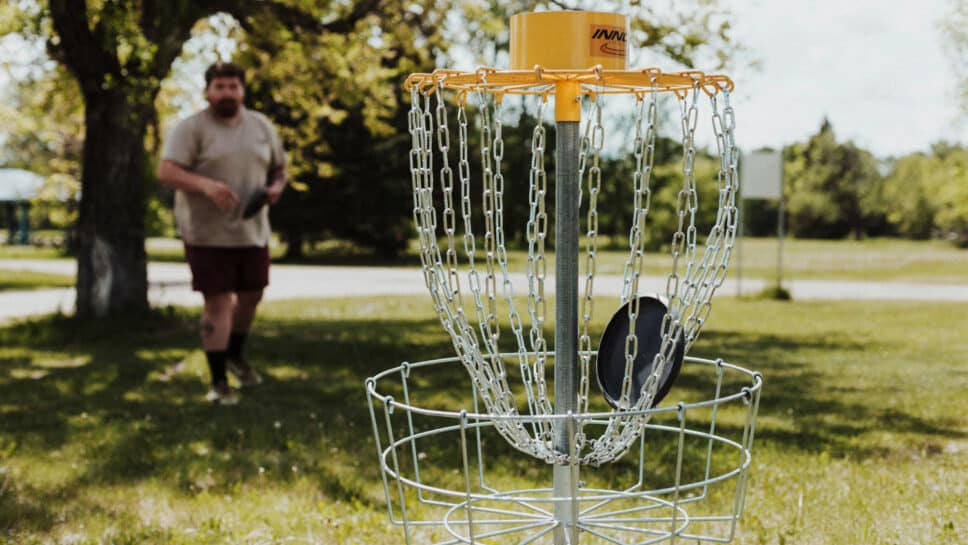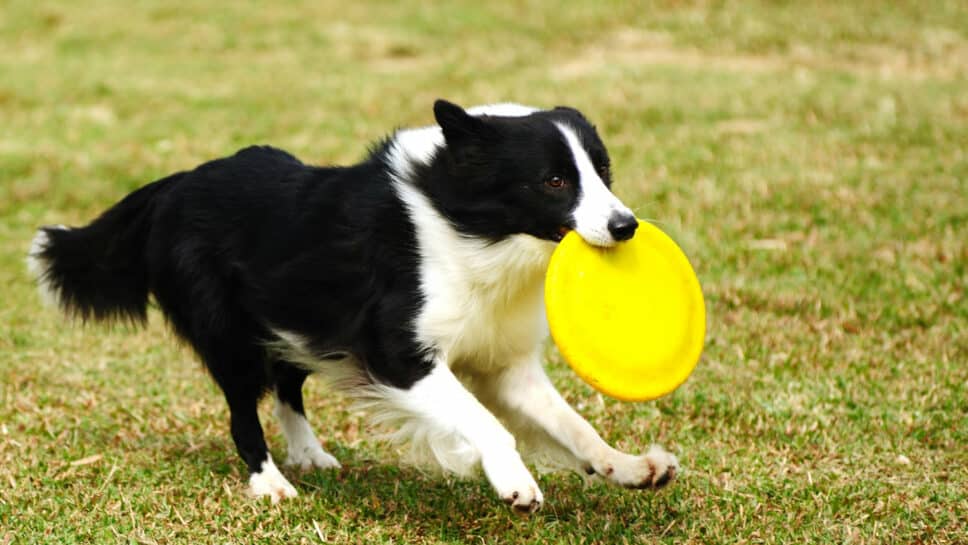Just outside the southeastern corner of Harvard, Illinois lies the Rush Creek Conservation Area. These 726 acres of forest, woodlands, wetlands, and grassland meadows feature 2 miles of various closed-loop hiking trails as well as 5.7 miles of horseback trails and a 2.2 miles snowmobile run.
Rush Creek, after which it is named, has a 1-mile stretch along the northern border and connects to a number of brooks that run through parts of the area. There is also one man-made 4-acre fishing pond that was created by the Burrows brothers, one of the original families that settled in the area, along with a number of much smaller, seasonal ponds scattered through the area.
Much of the area is still wooded, though walnut trees were harvested from the area to be used for gun stocks for WWI. Ultimately, the war ended before the logs were shipped off for production.
While the area remains open year-round from sunrise to sunset, it is one of the few areas within the McHenry County Conservation District that is closed during hunting season. Currently, this runs from November 19th through the 21st.
Learn more about the Rush Creek Conservation Area and access Rush Creek Trail Map here.
Address: 20501 McGuire Rd, Harvard, IL 60033
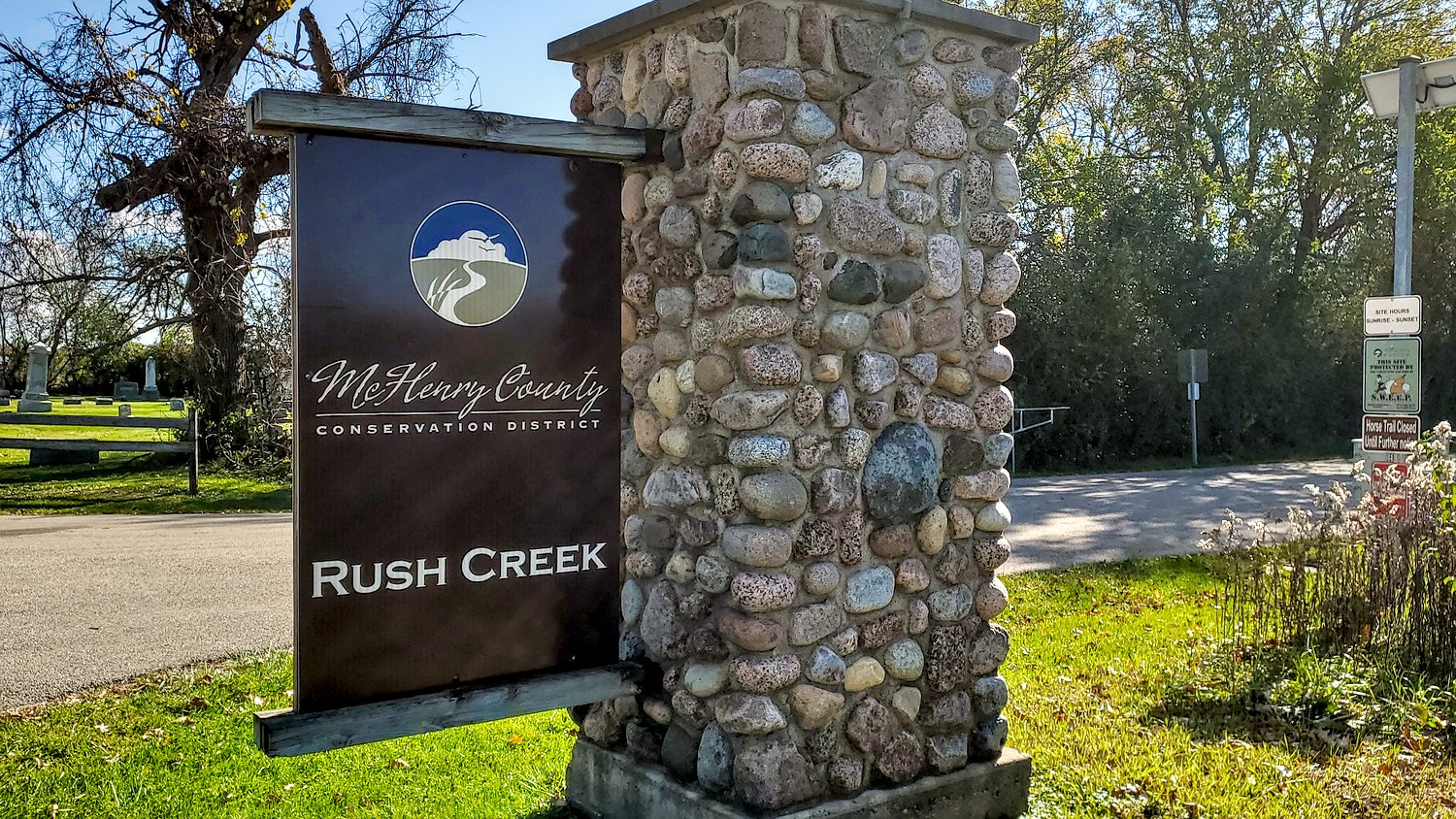
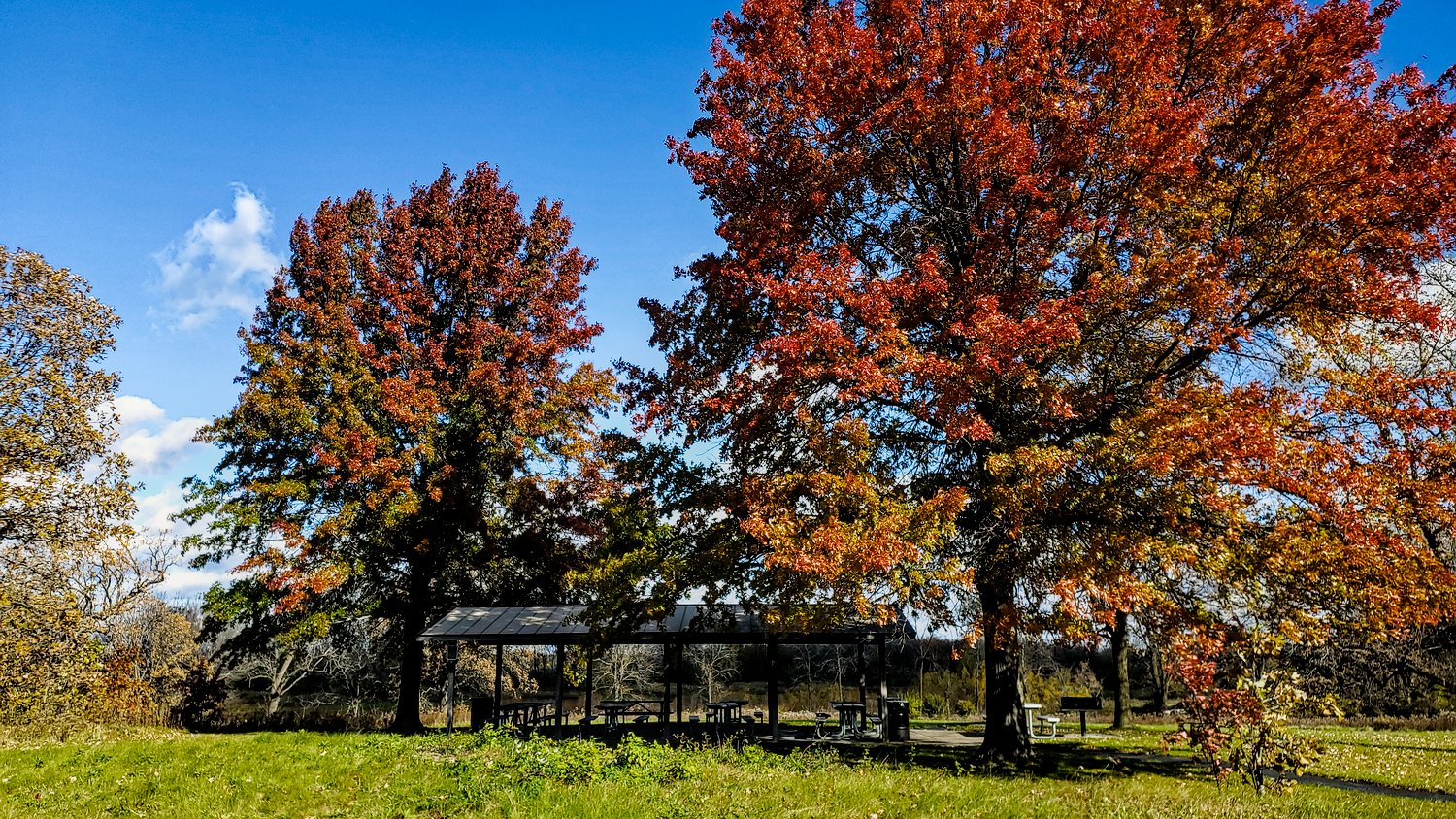
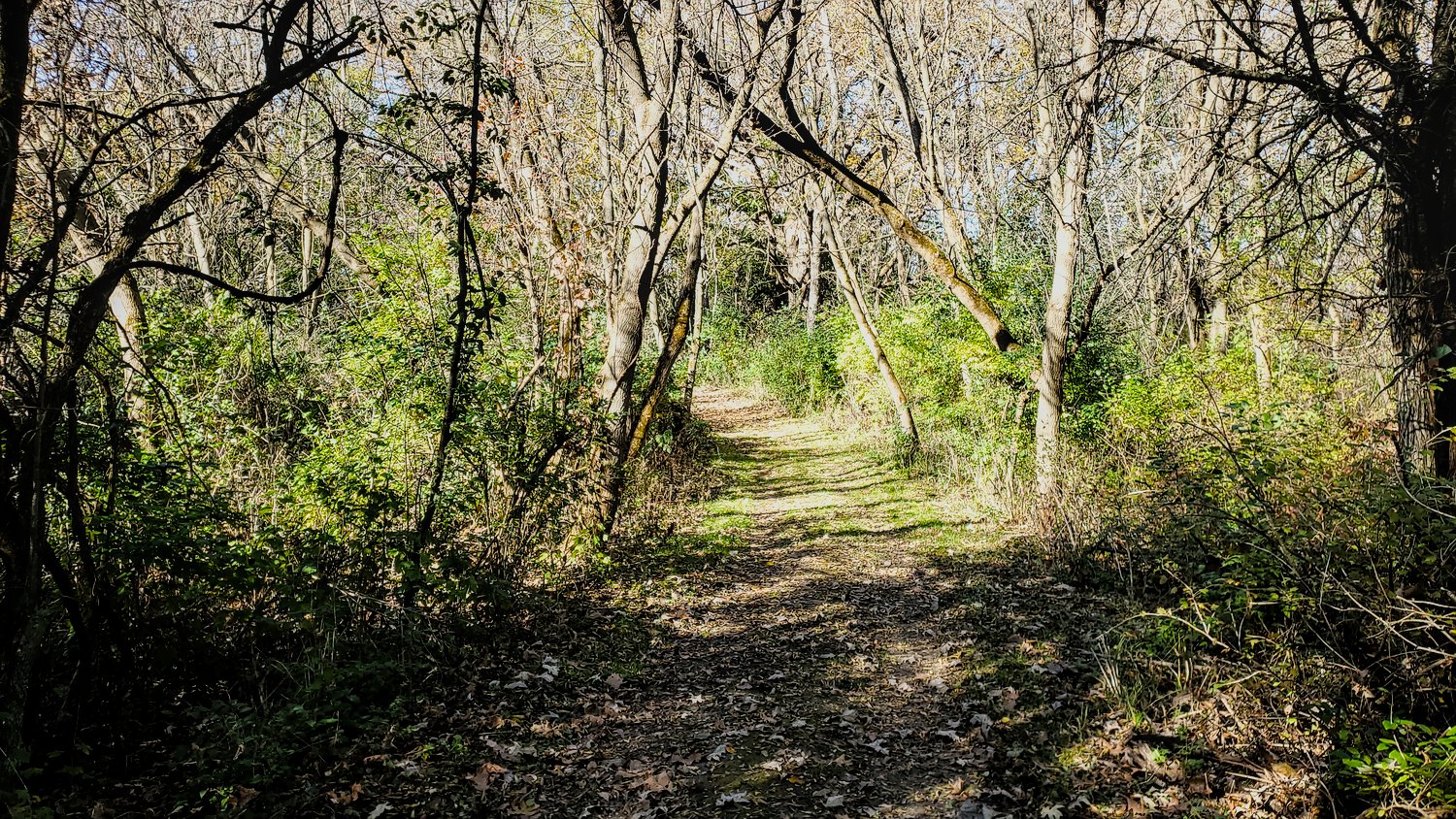
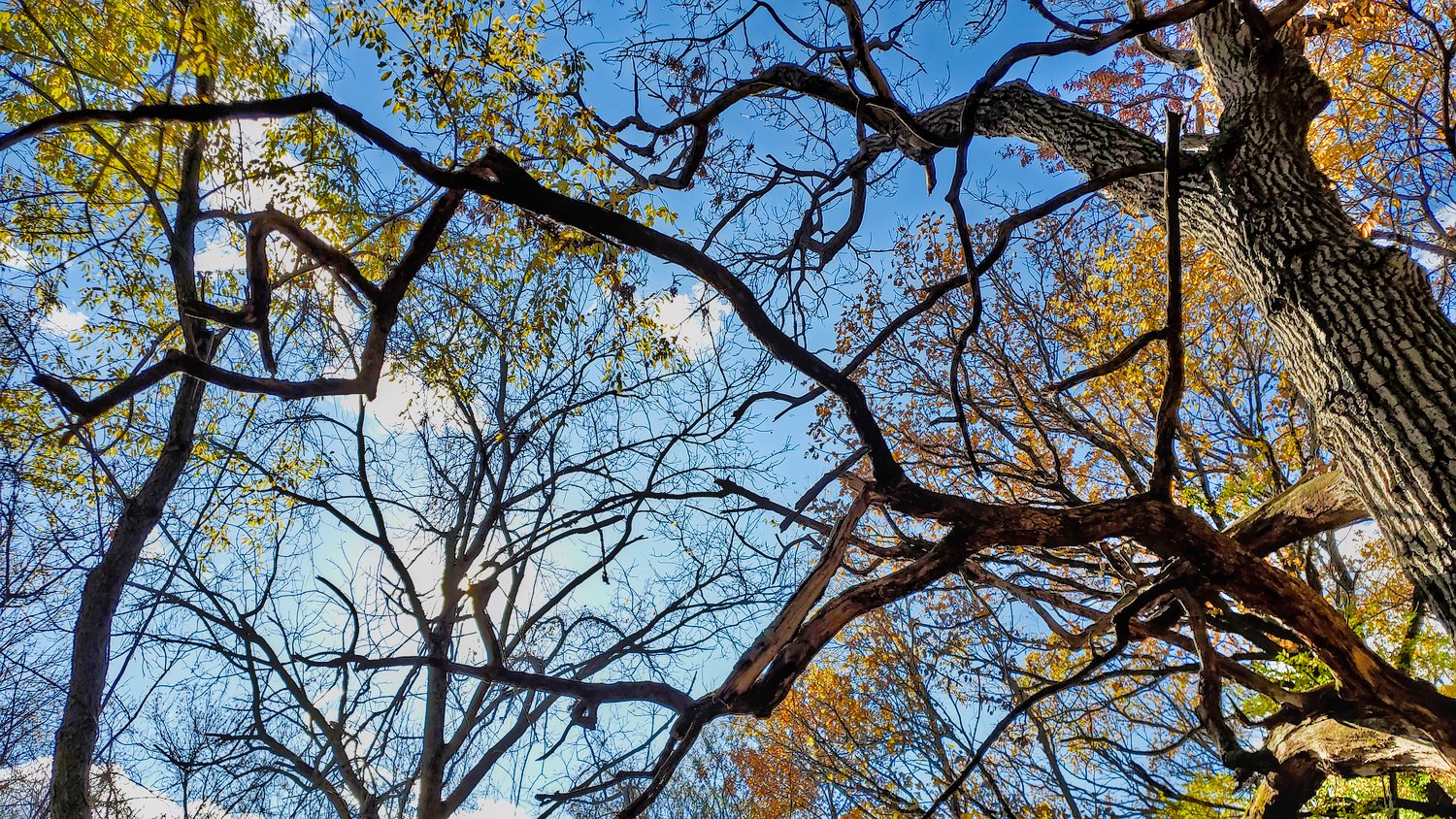
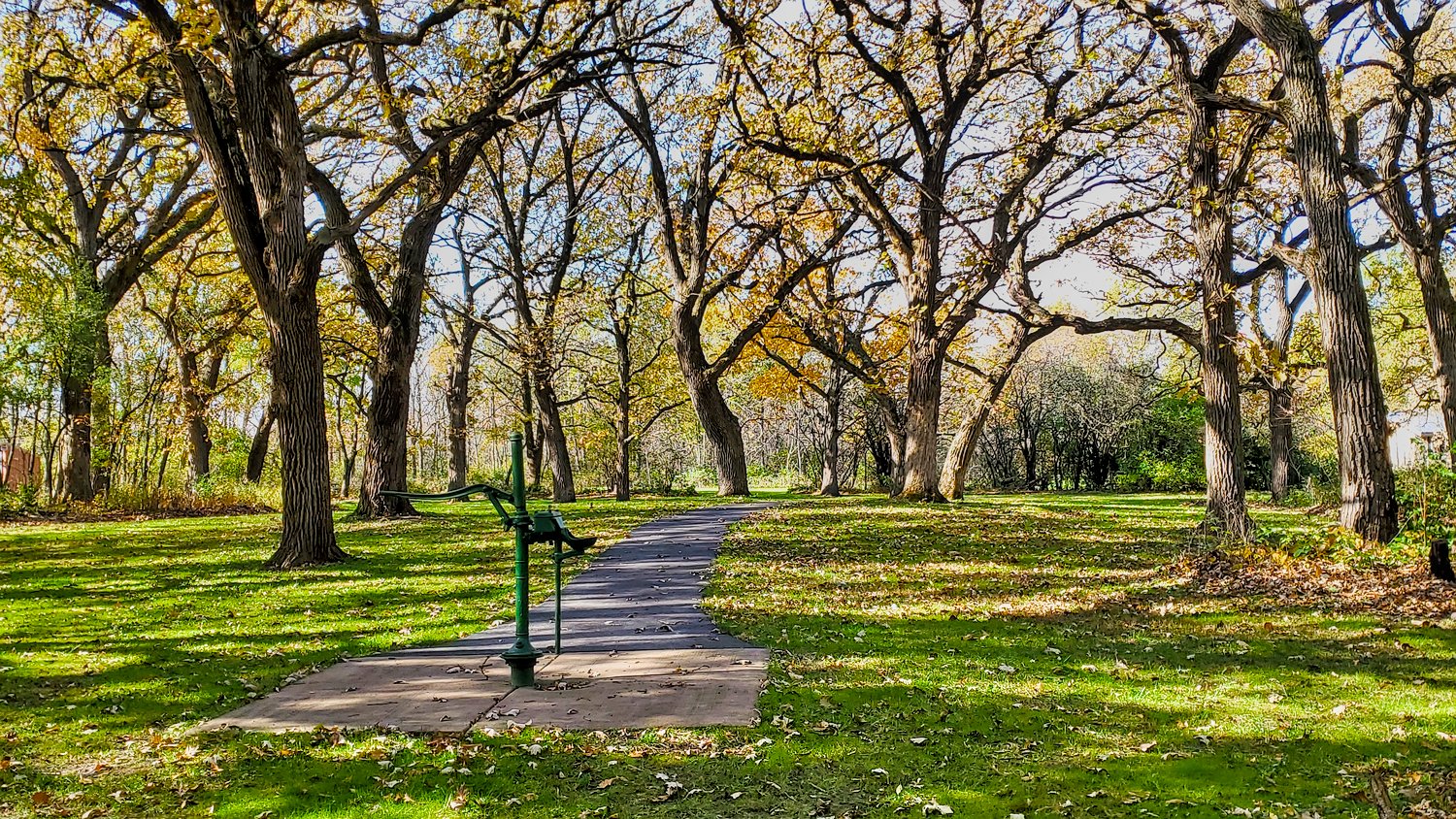
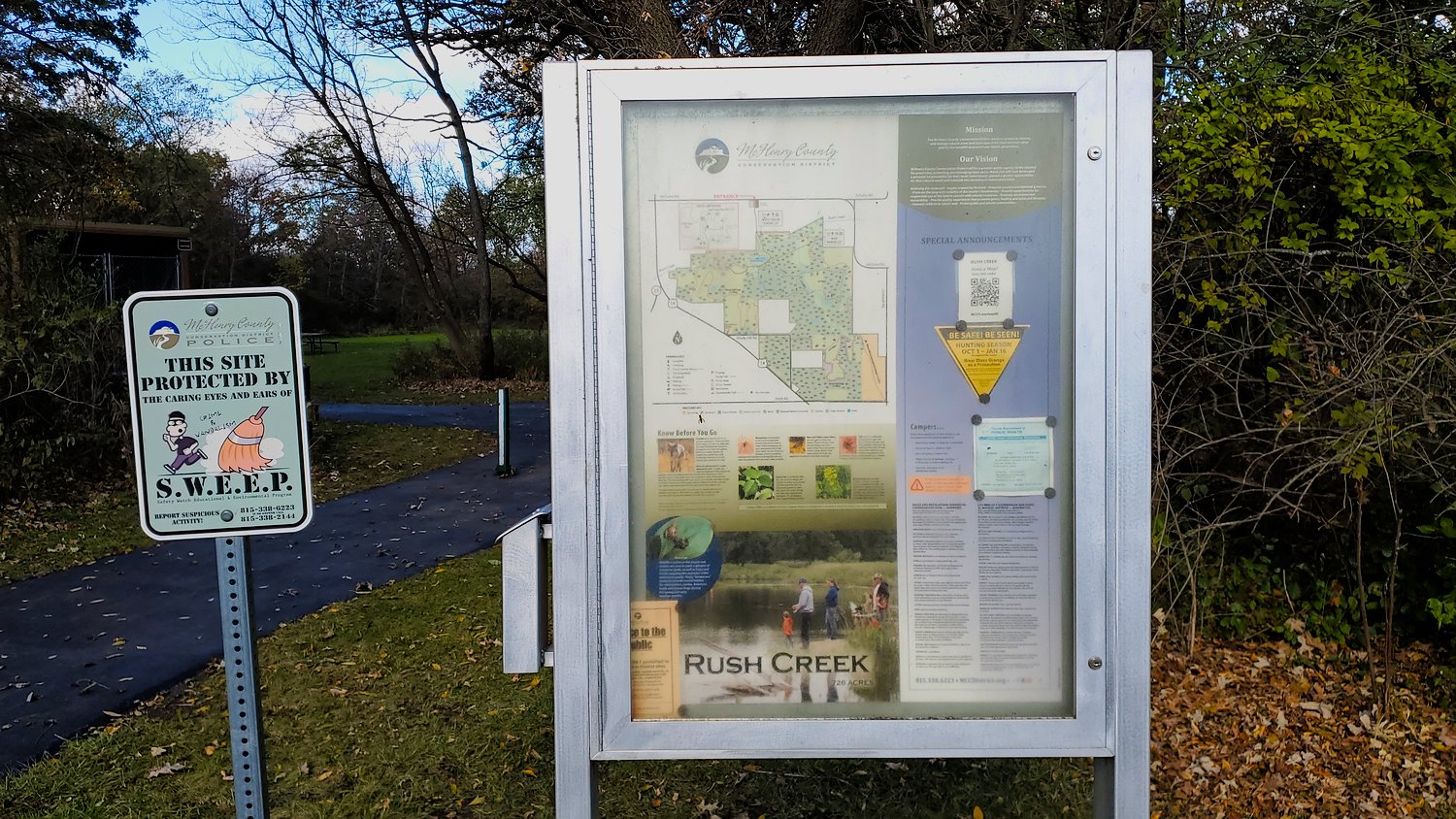

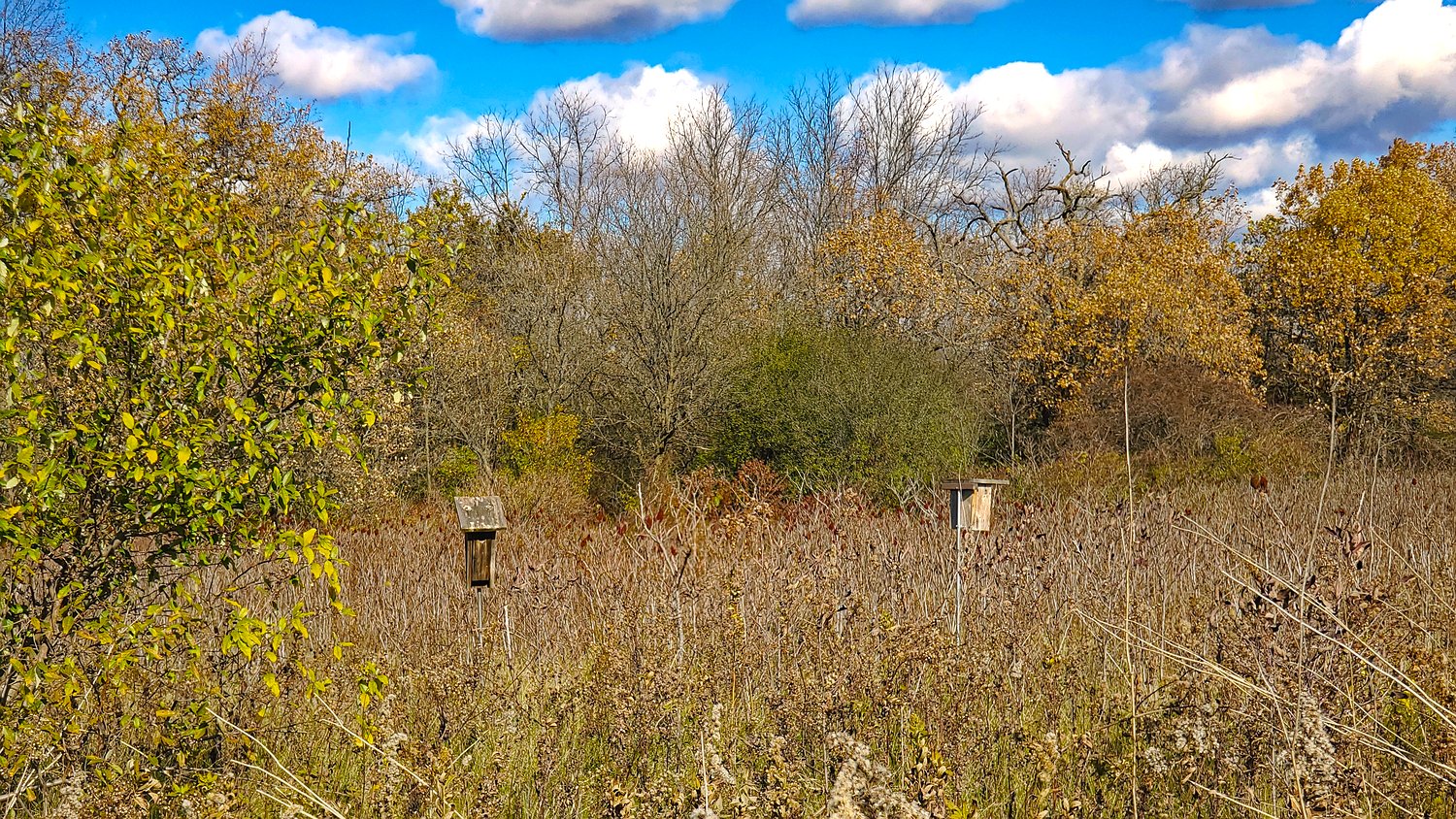
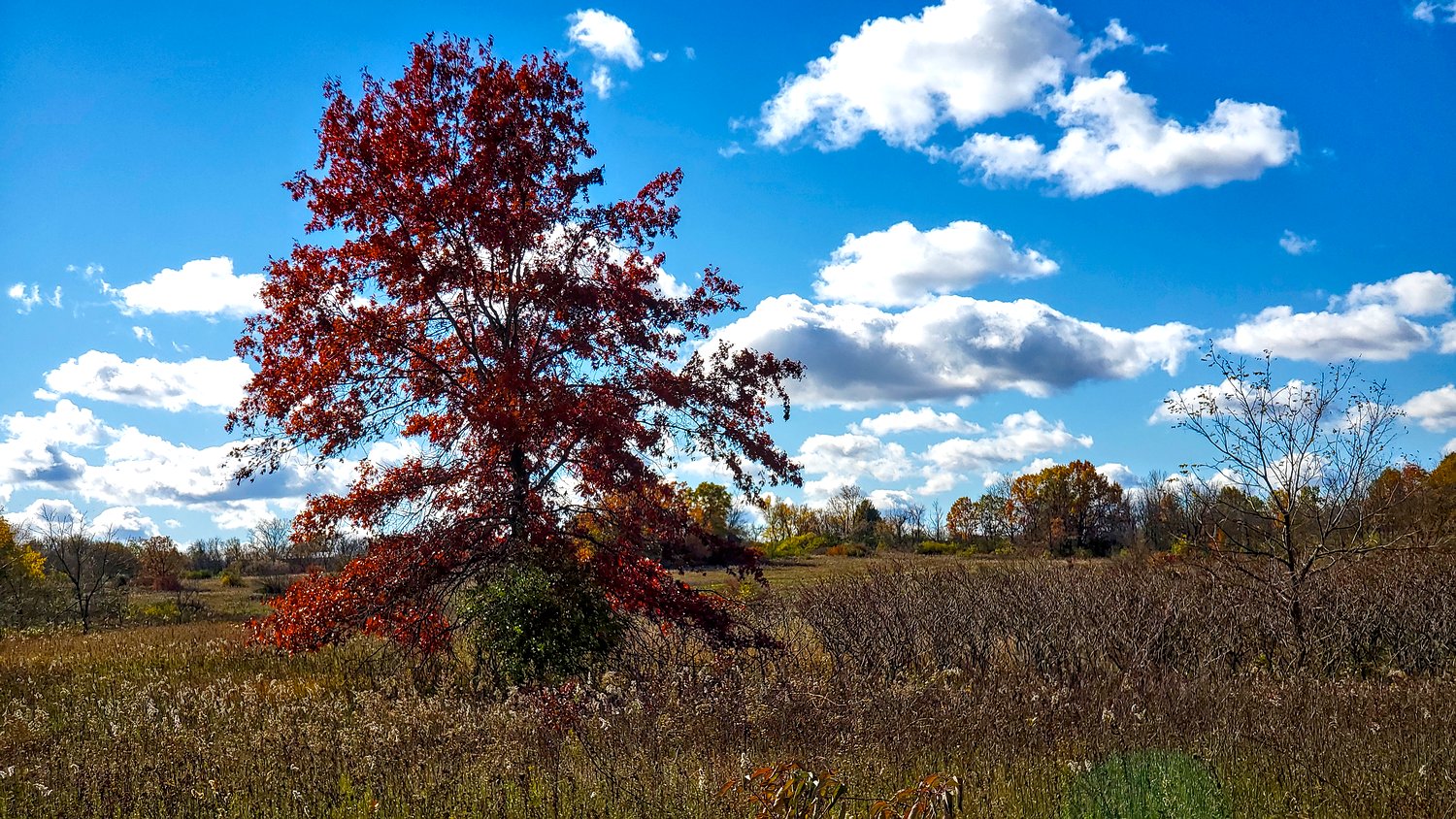
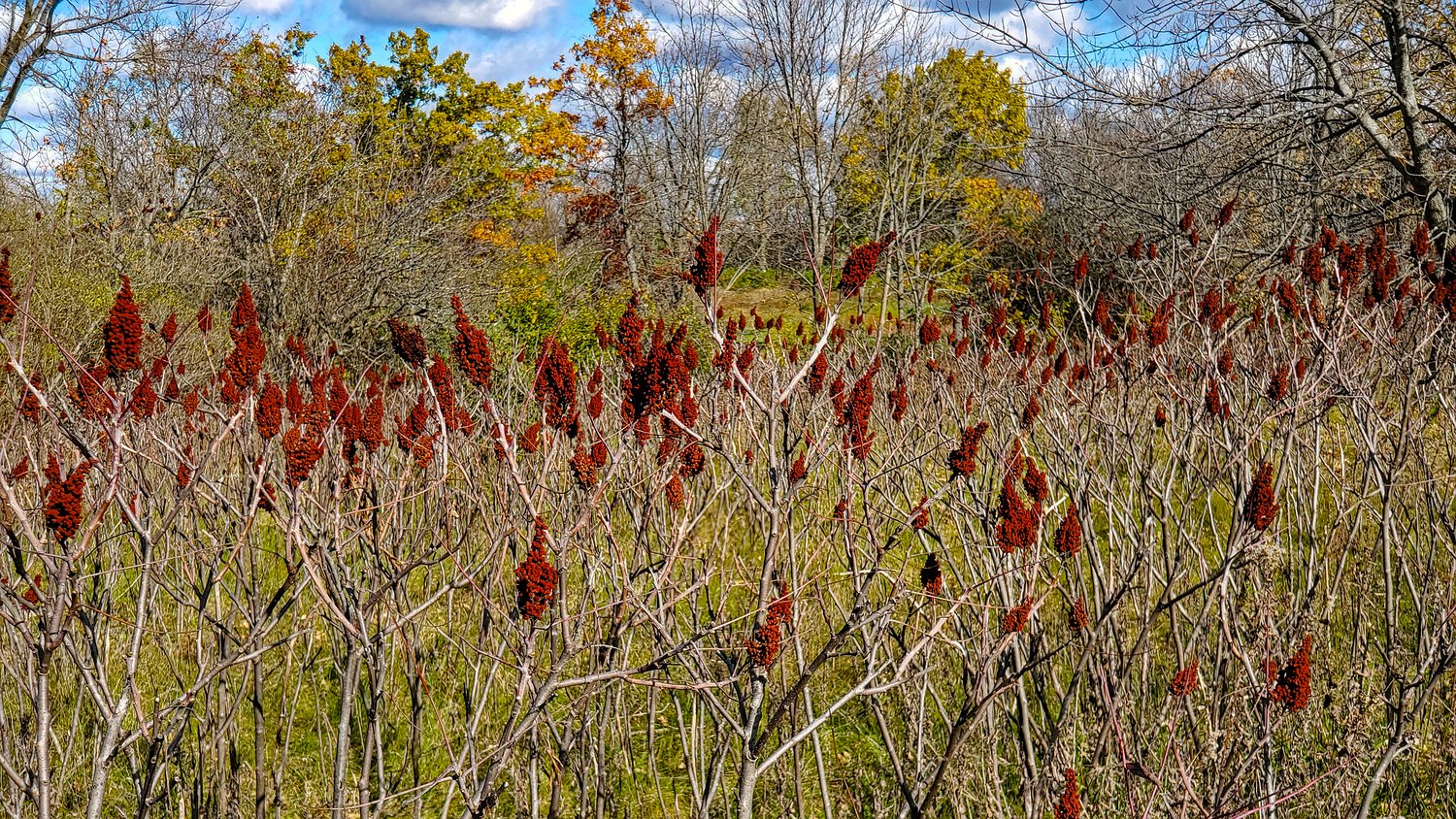
Facilities
Toward the entrance of the park is a special horse trailer parking lot. Here, riders can easily enter the horse trails that run much of the perimeter of the Rush Creek Conservation Area, including a section that runs along and crosses over Rush Creek. Be sure to check ahead though to confirm the access status of the horse trails before going.
There are three other general parking lots, including the main parking lot across from the pond, a general picnicking lot, and the lot for the covered picnic shelter. The picnic shelter is also available for reservations.
A fourth parking lot is for the group campground area, which can also be reserved and features 6 camping sites.
McHenry Life Experiences Newsletter
Want to be in the know, alerted about giveaways, and more?
Be sure to sign up for our Experiences email newsletter.
It’s free and we won’t blast you with emails!!!

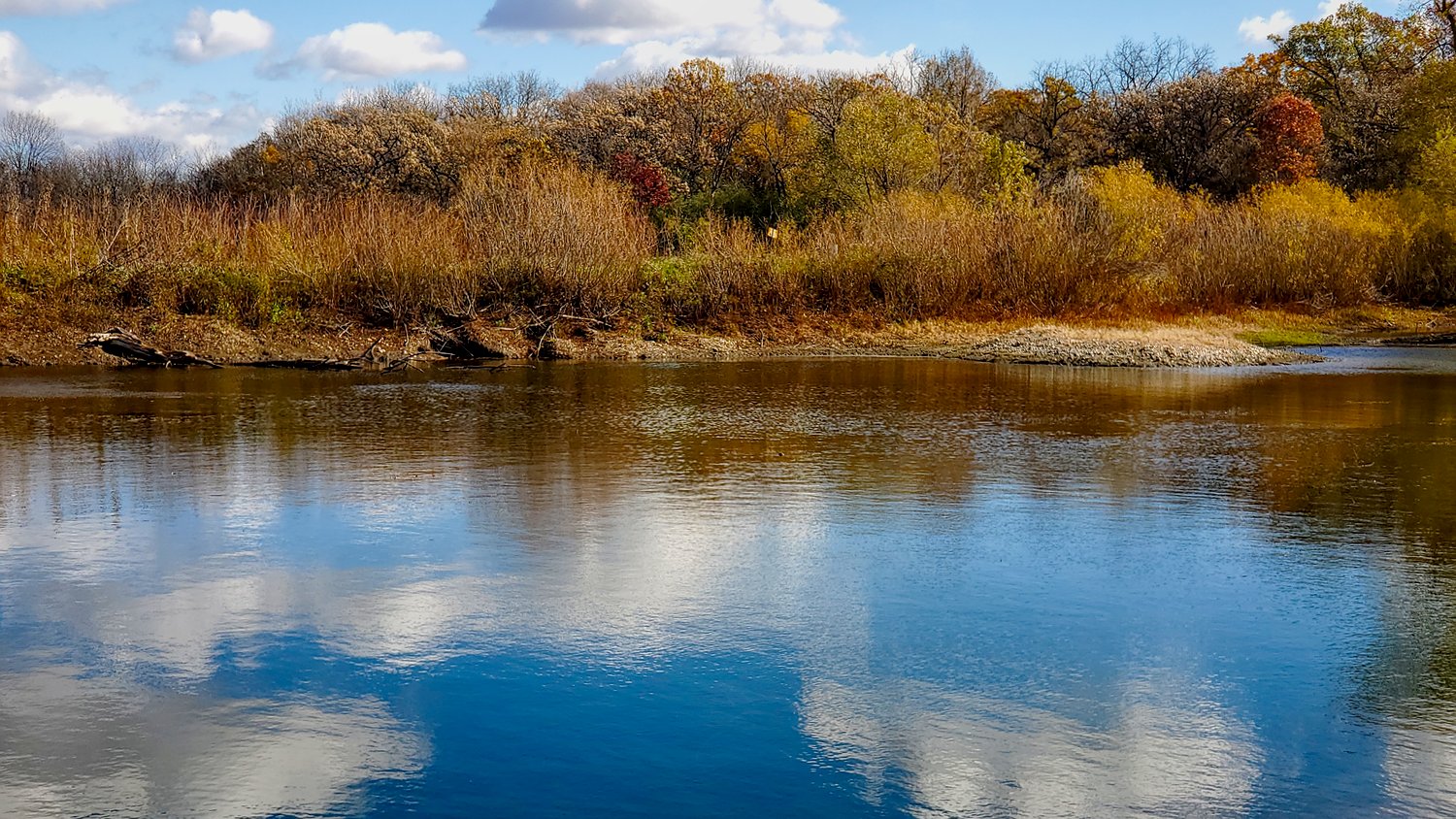

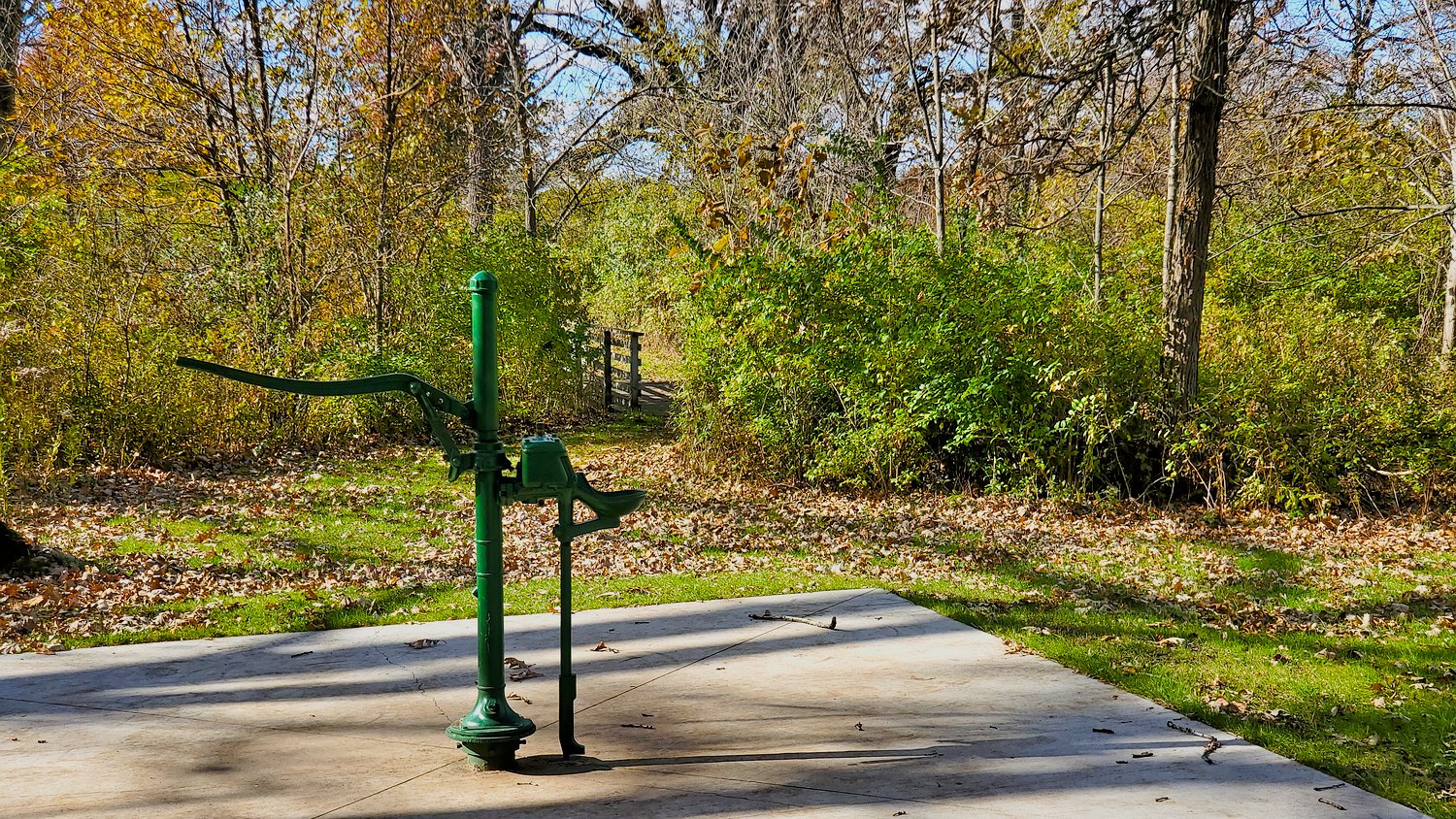
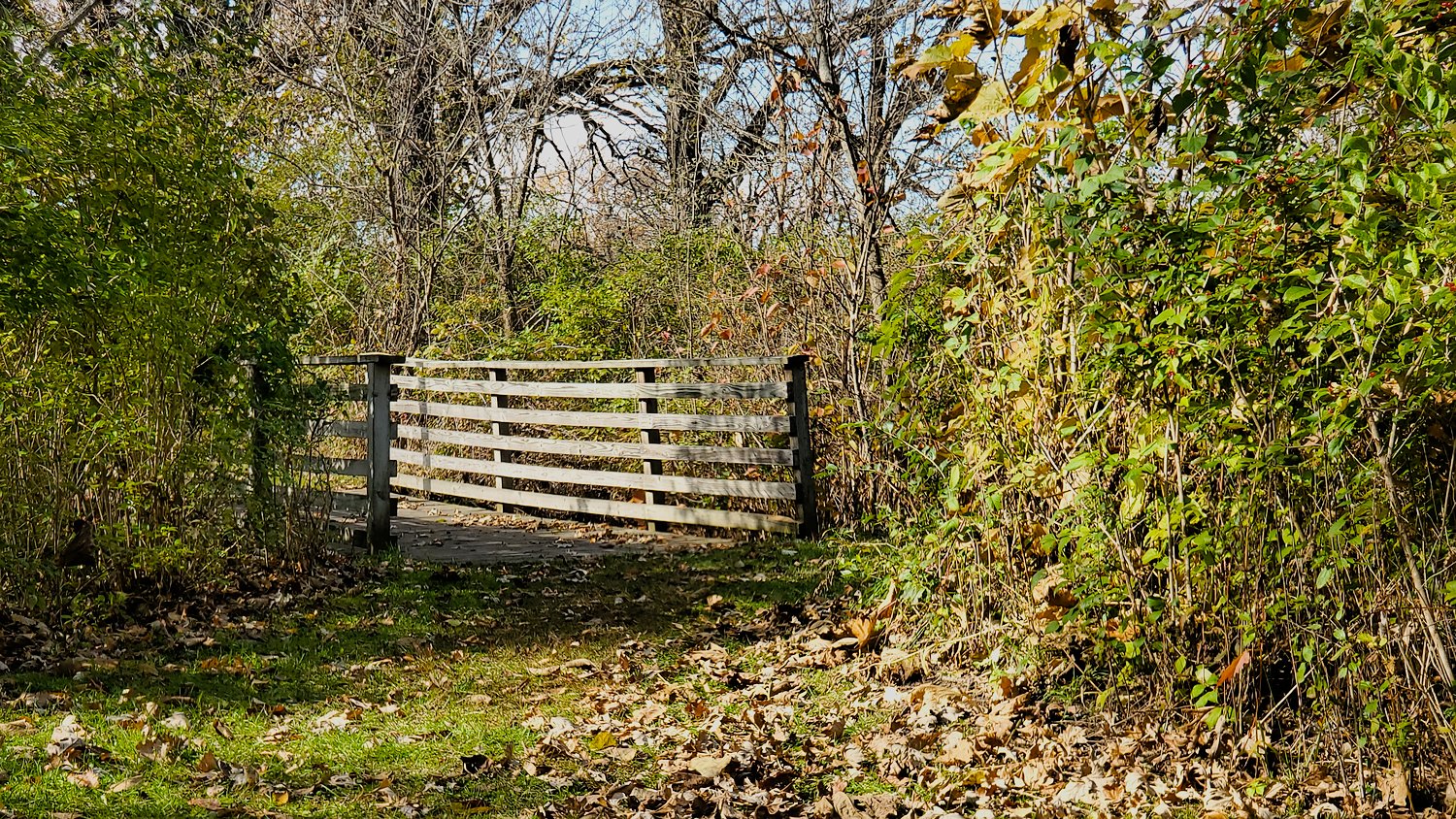
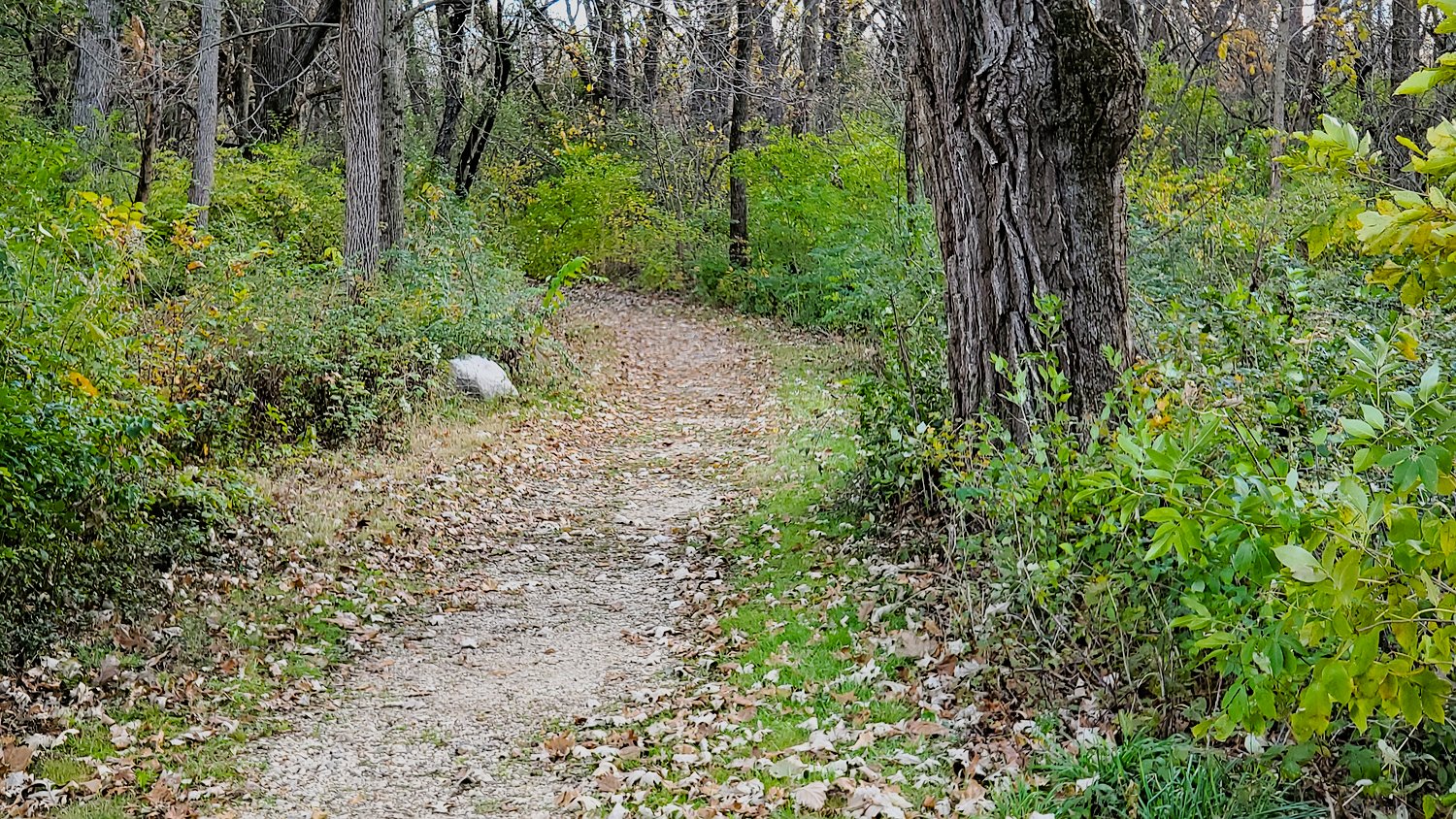
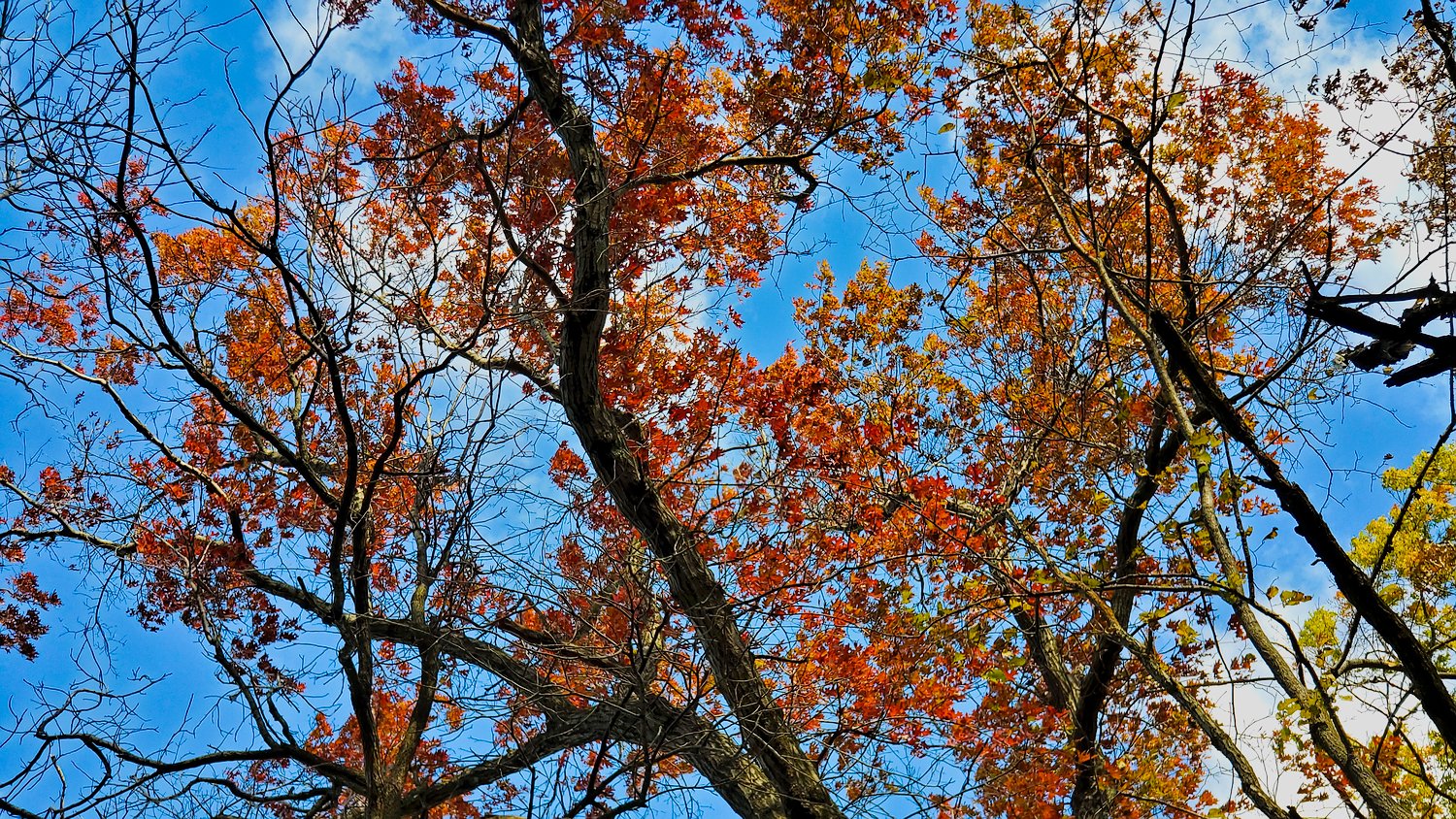
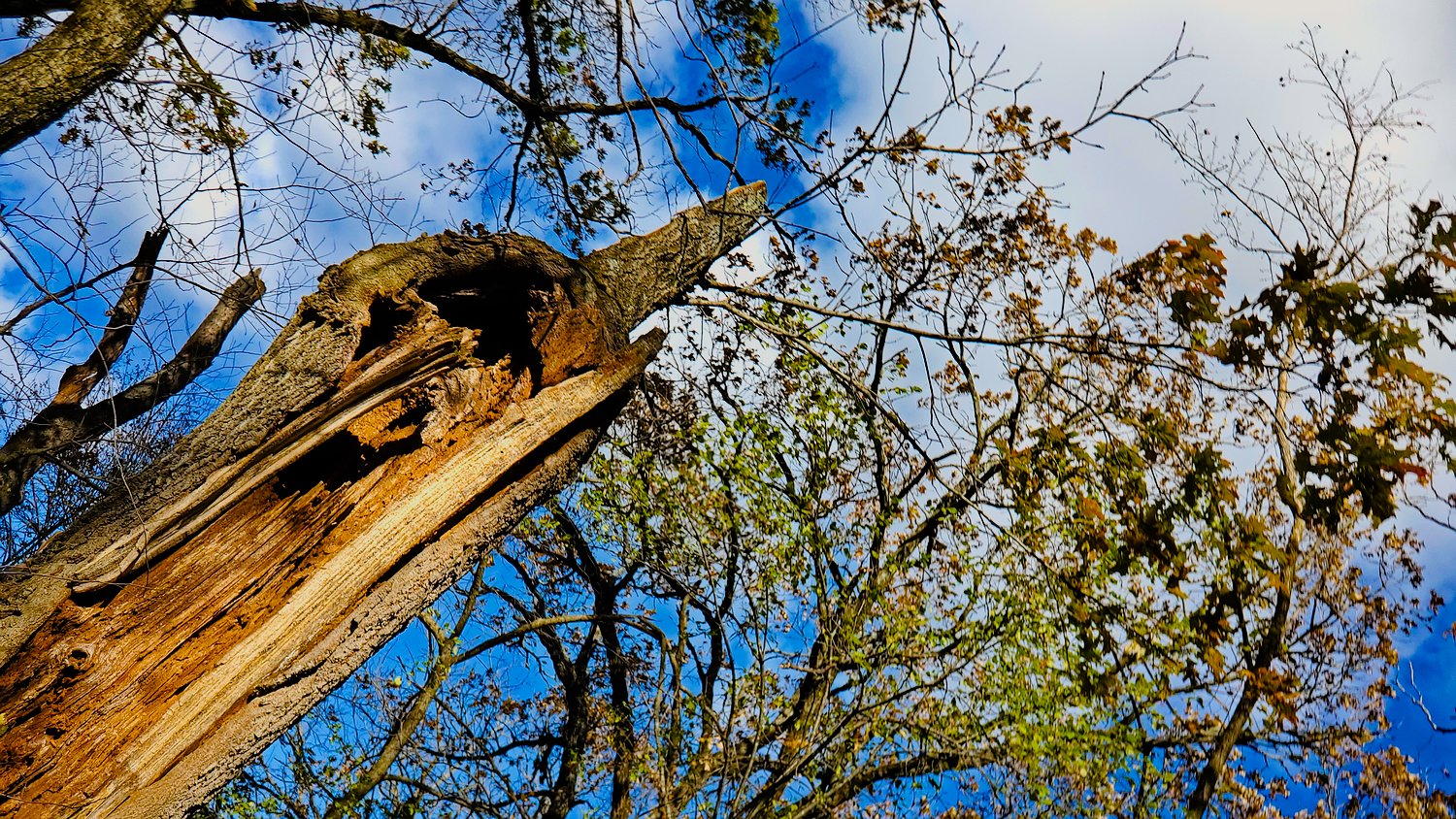
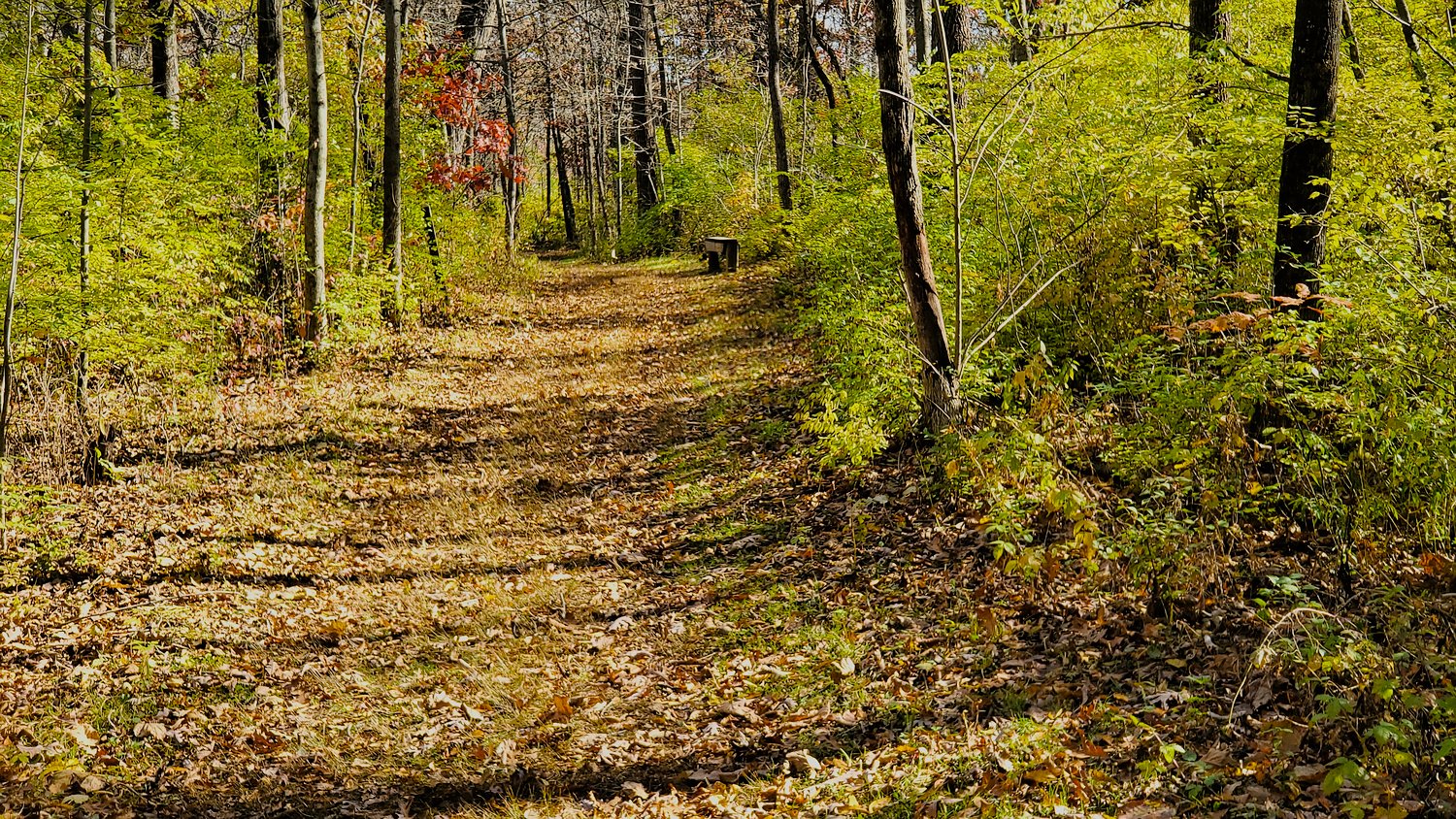
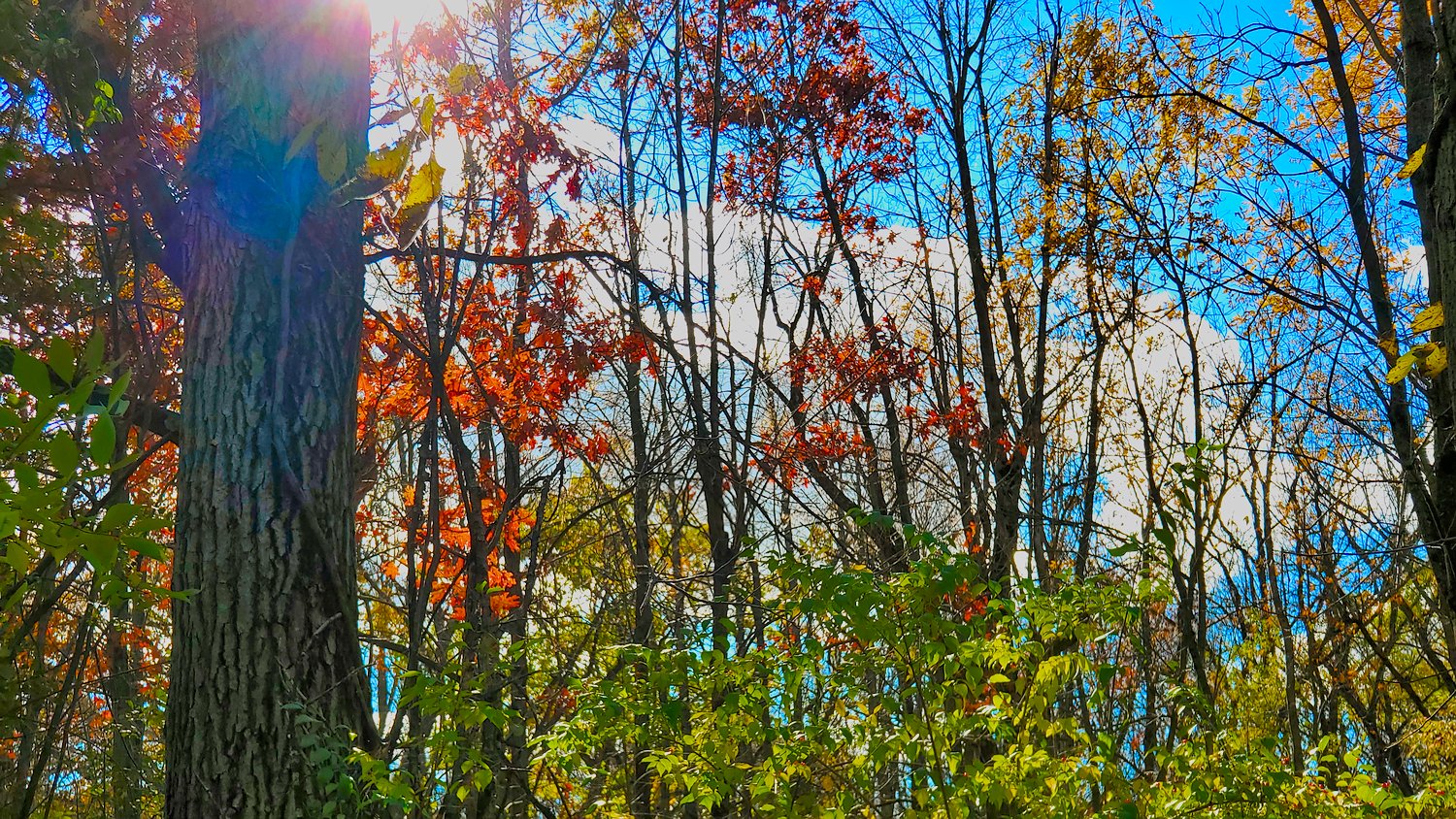
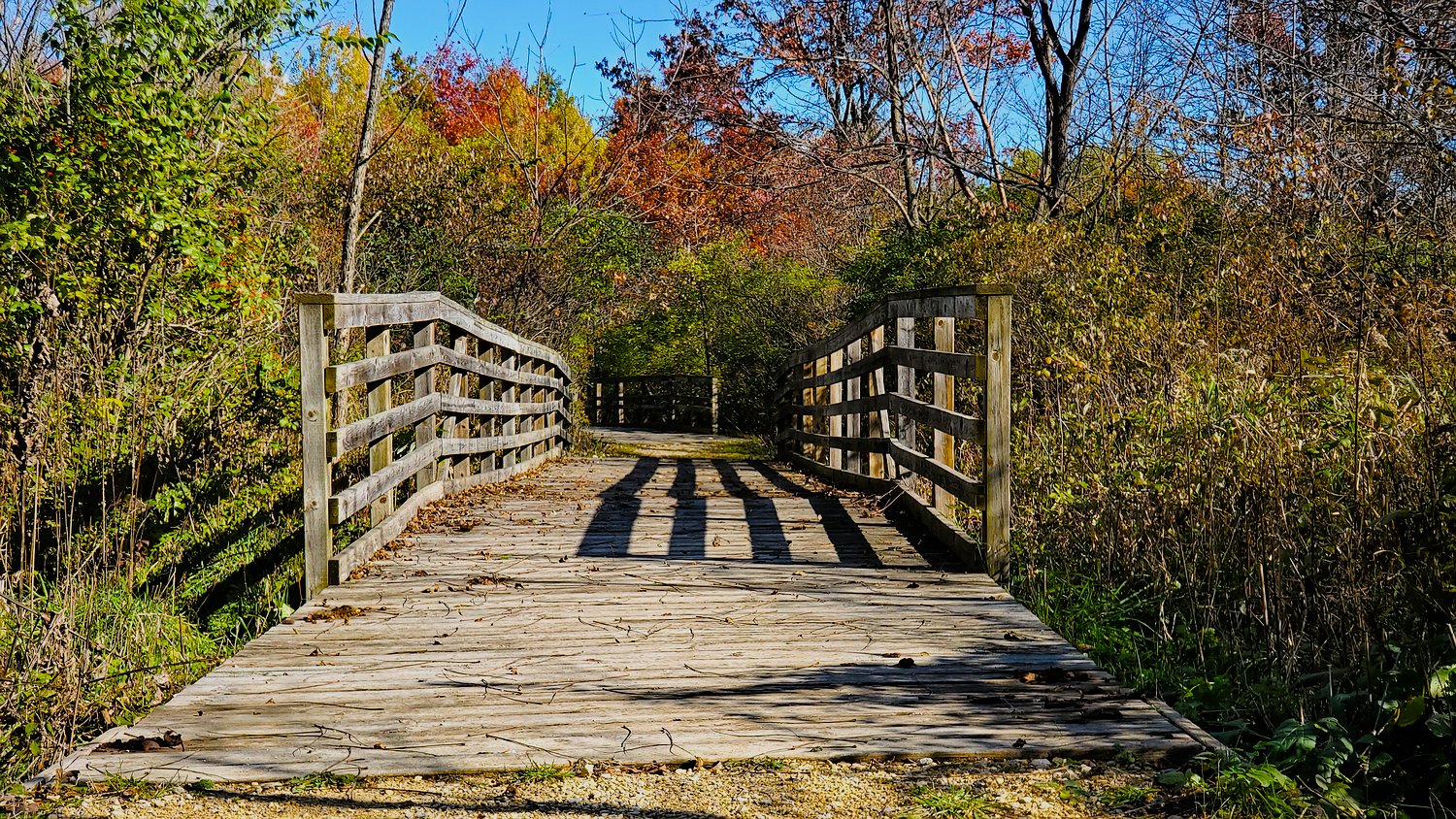

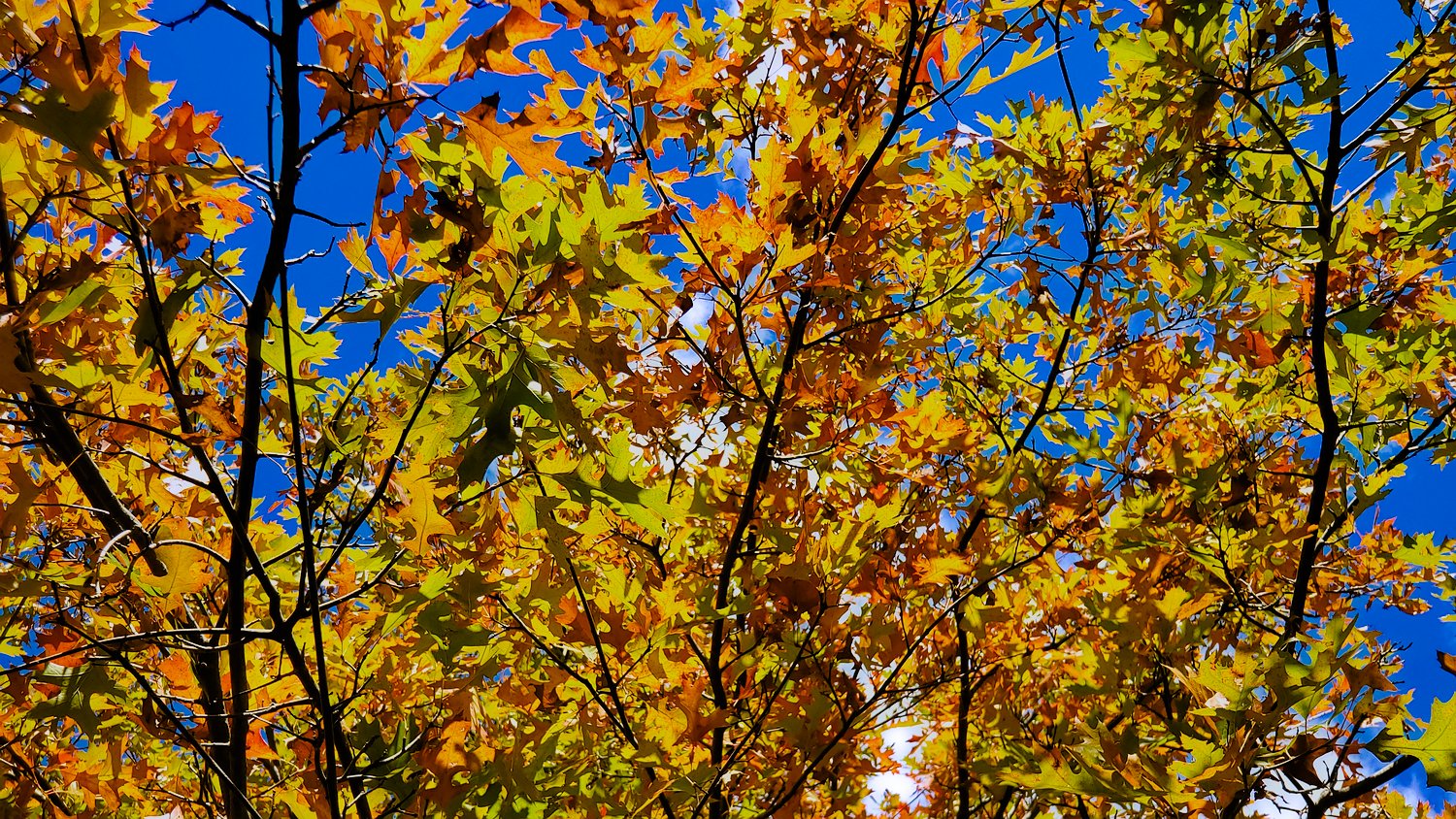
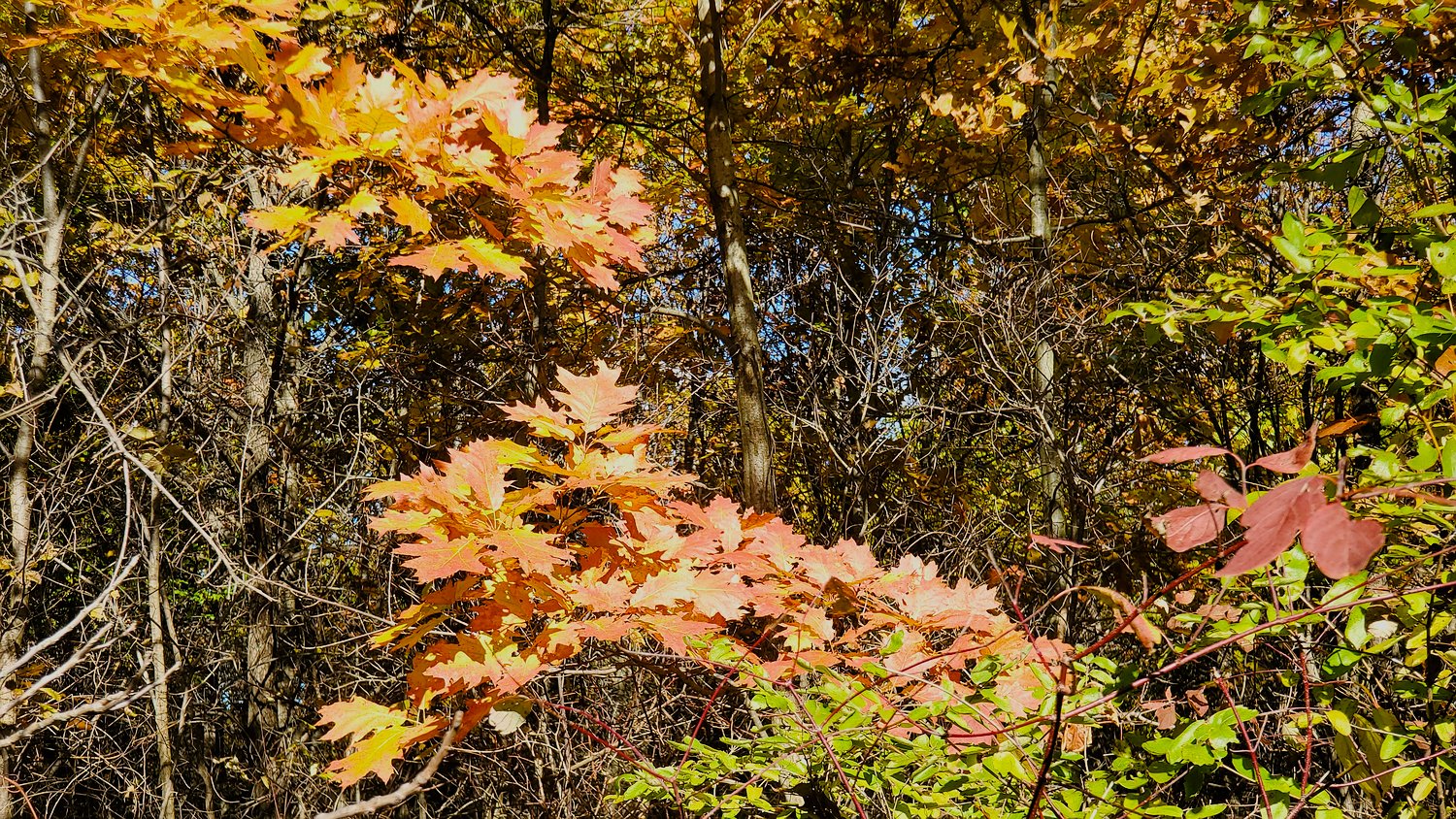
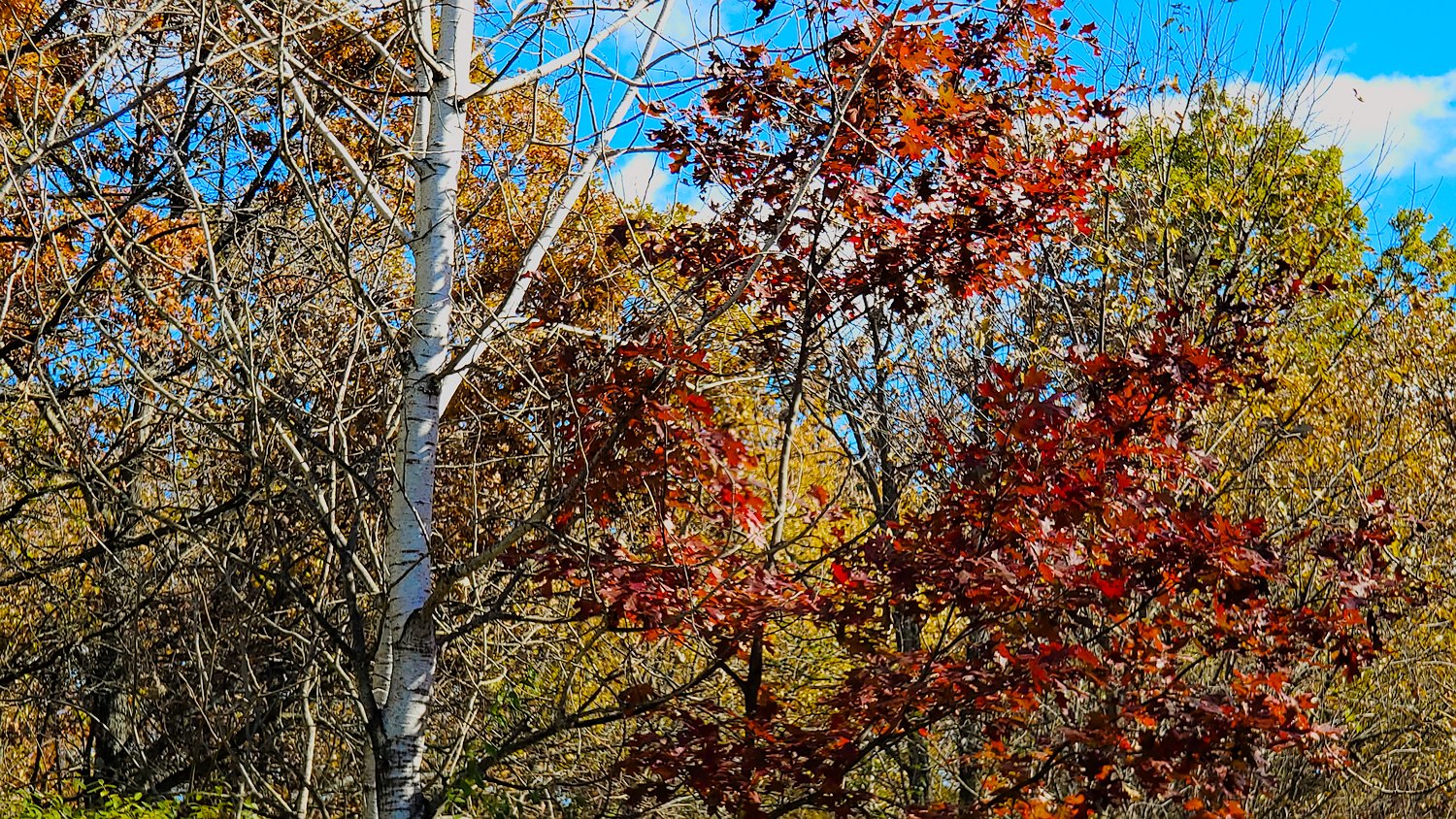
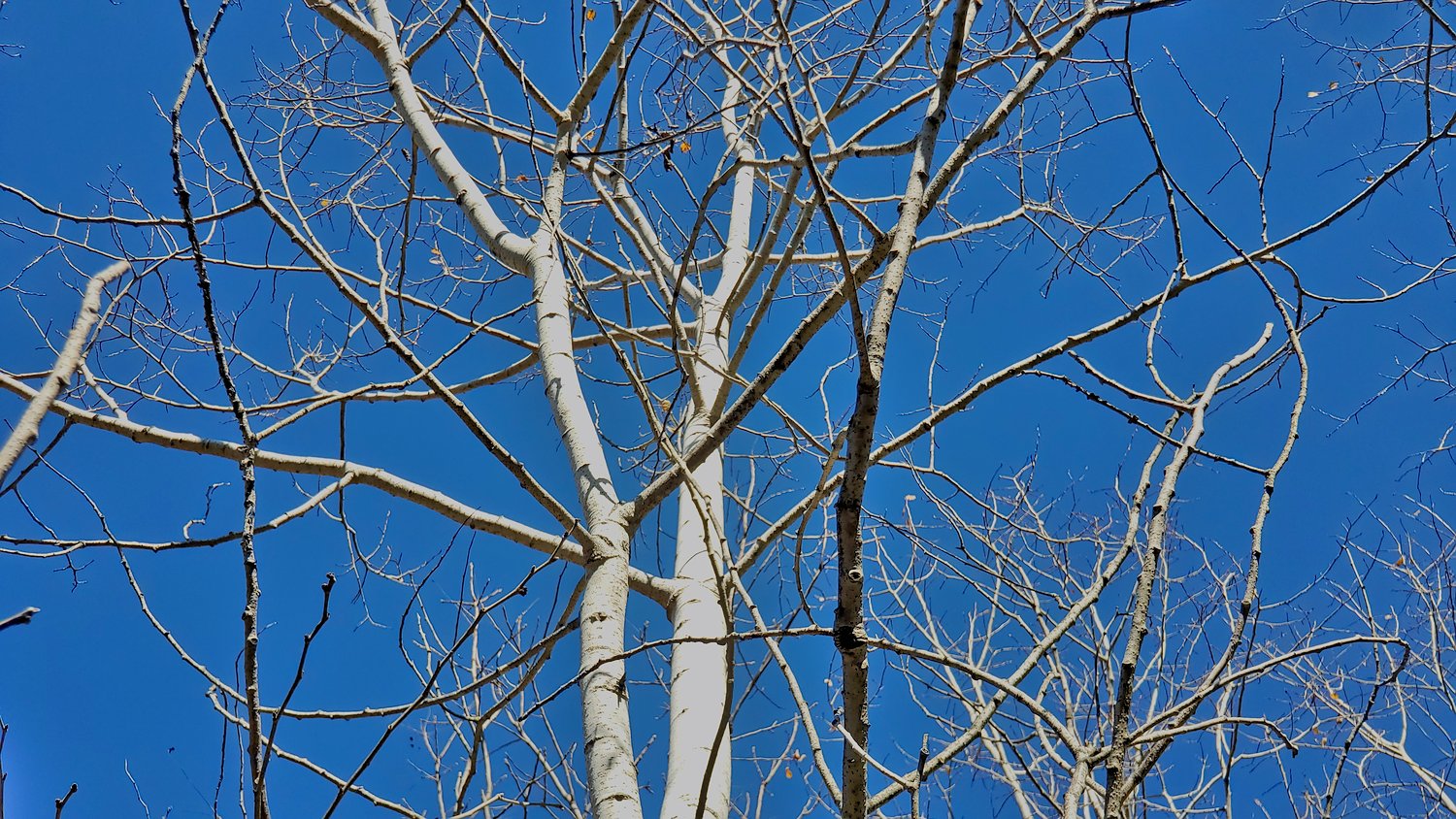

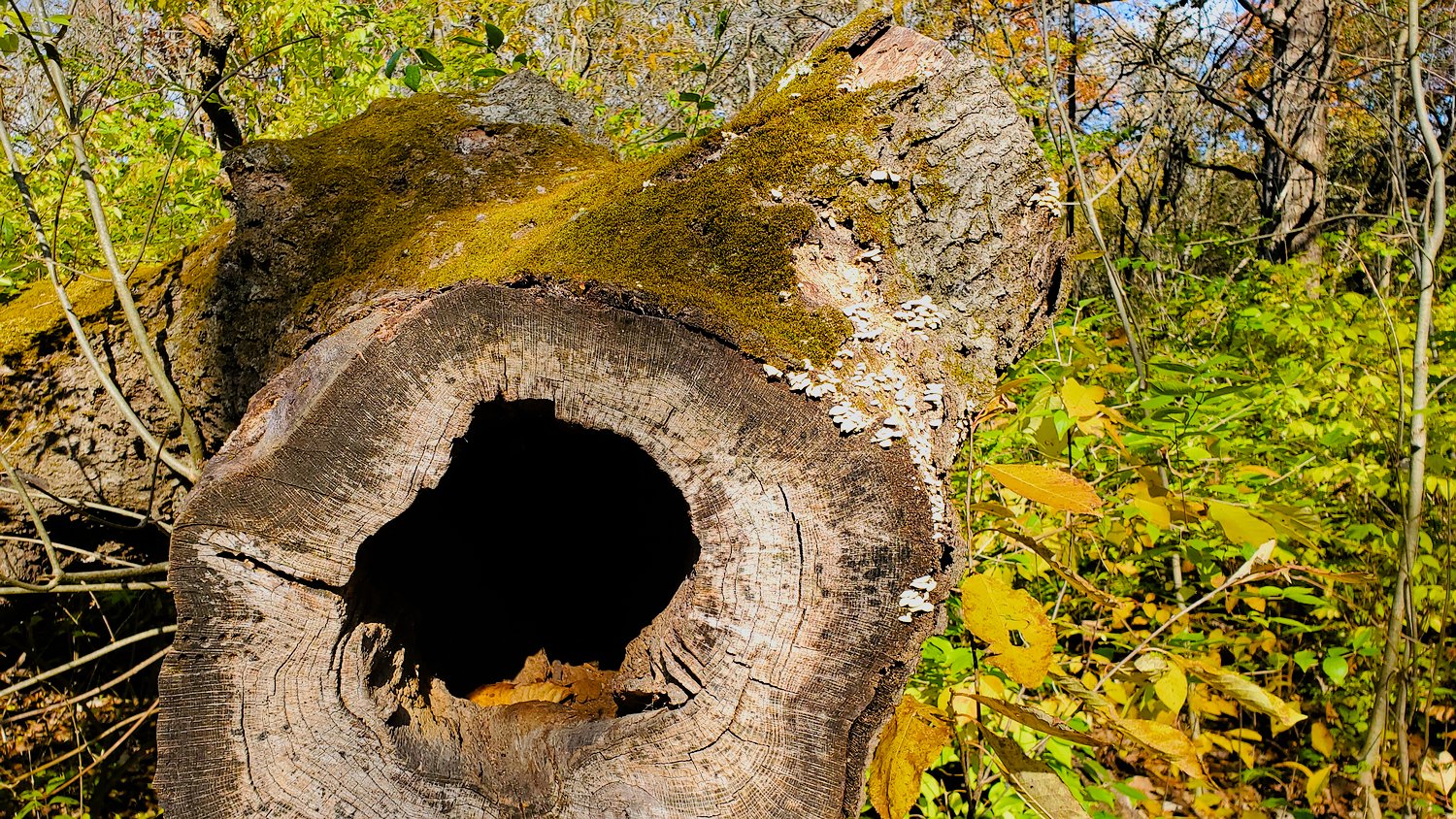
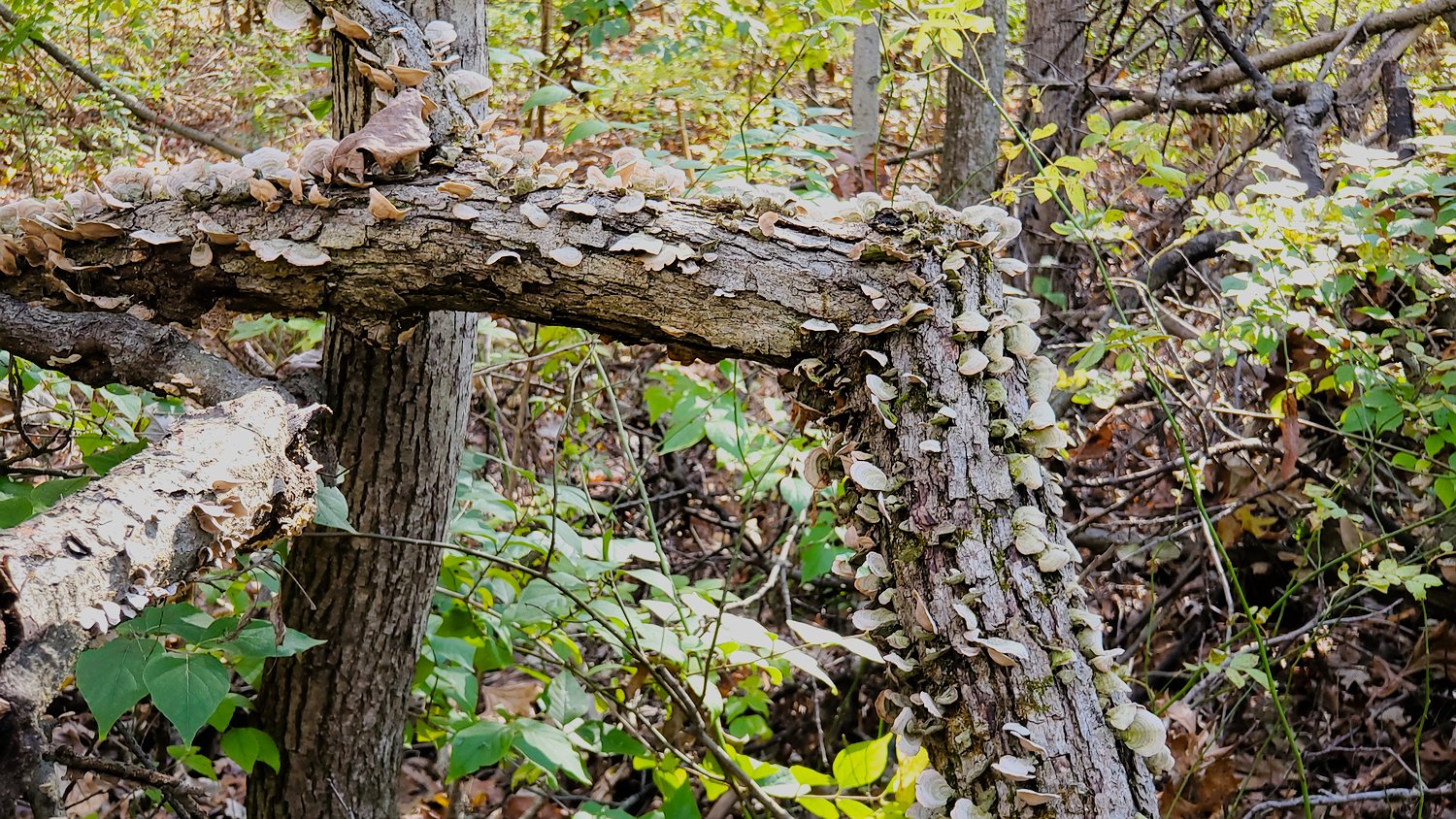
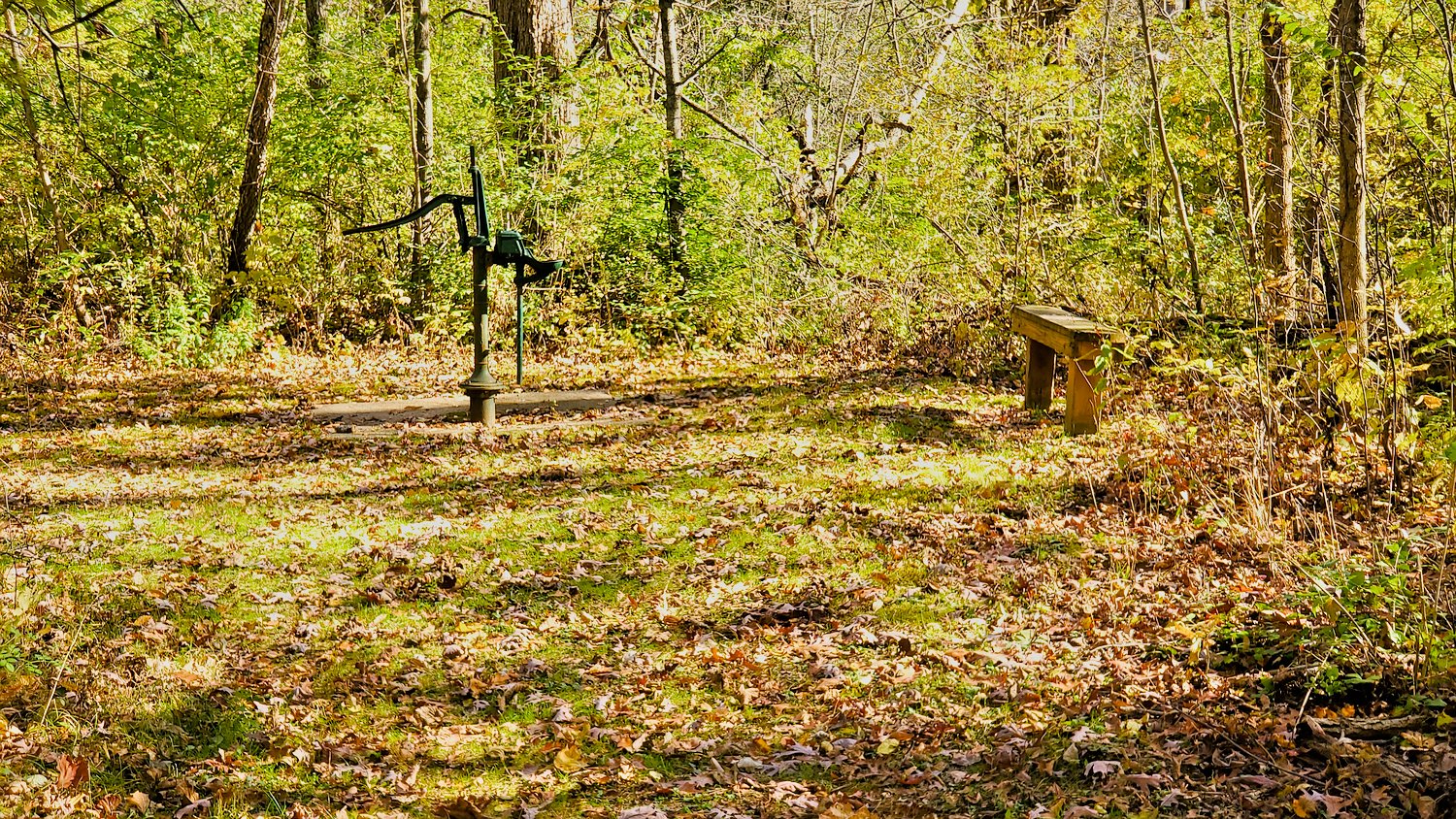
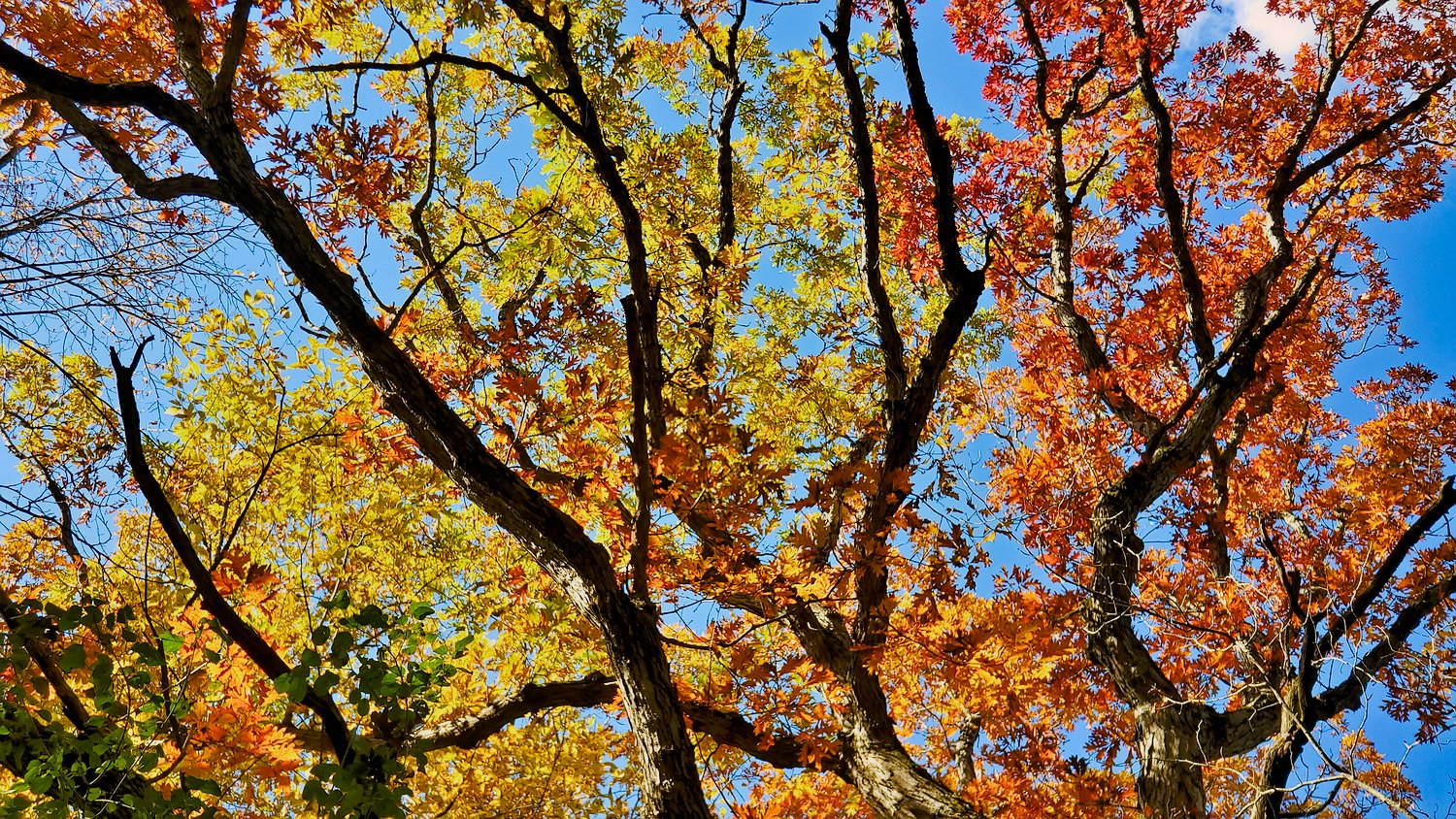
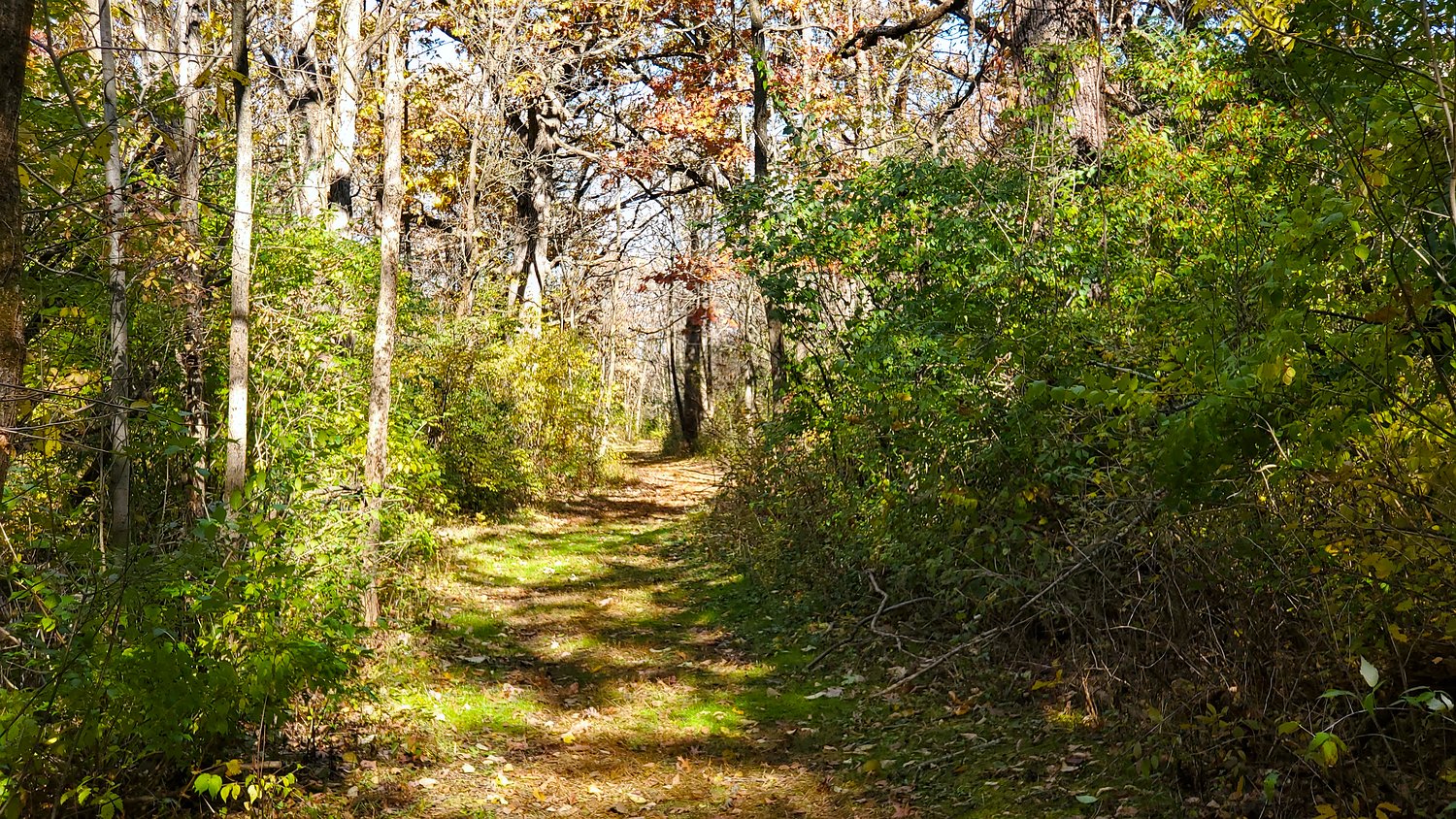
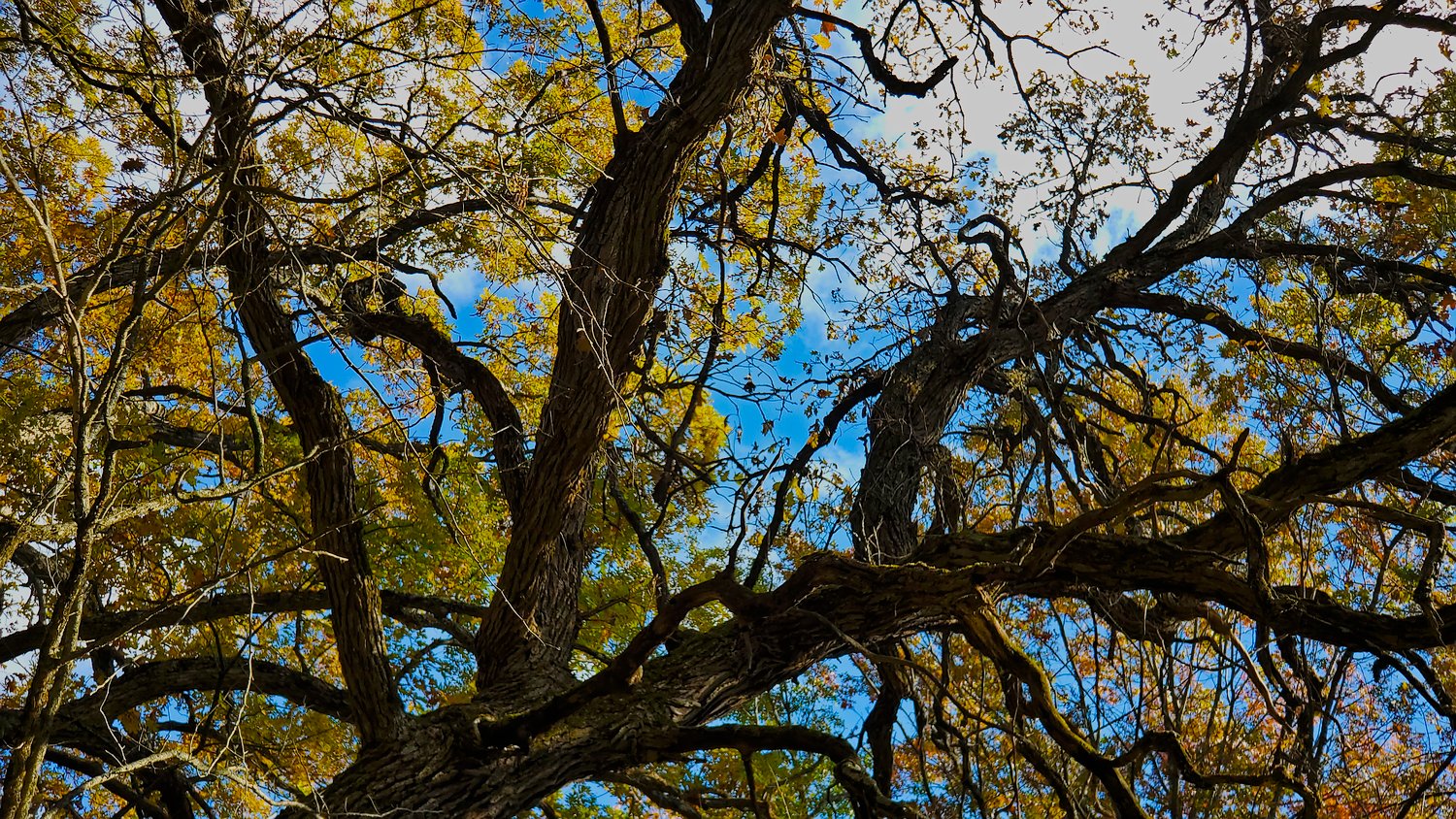

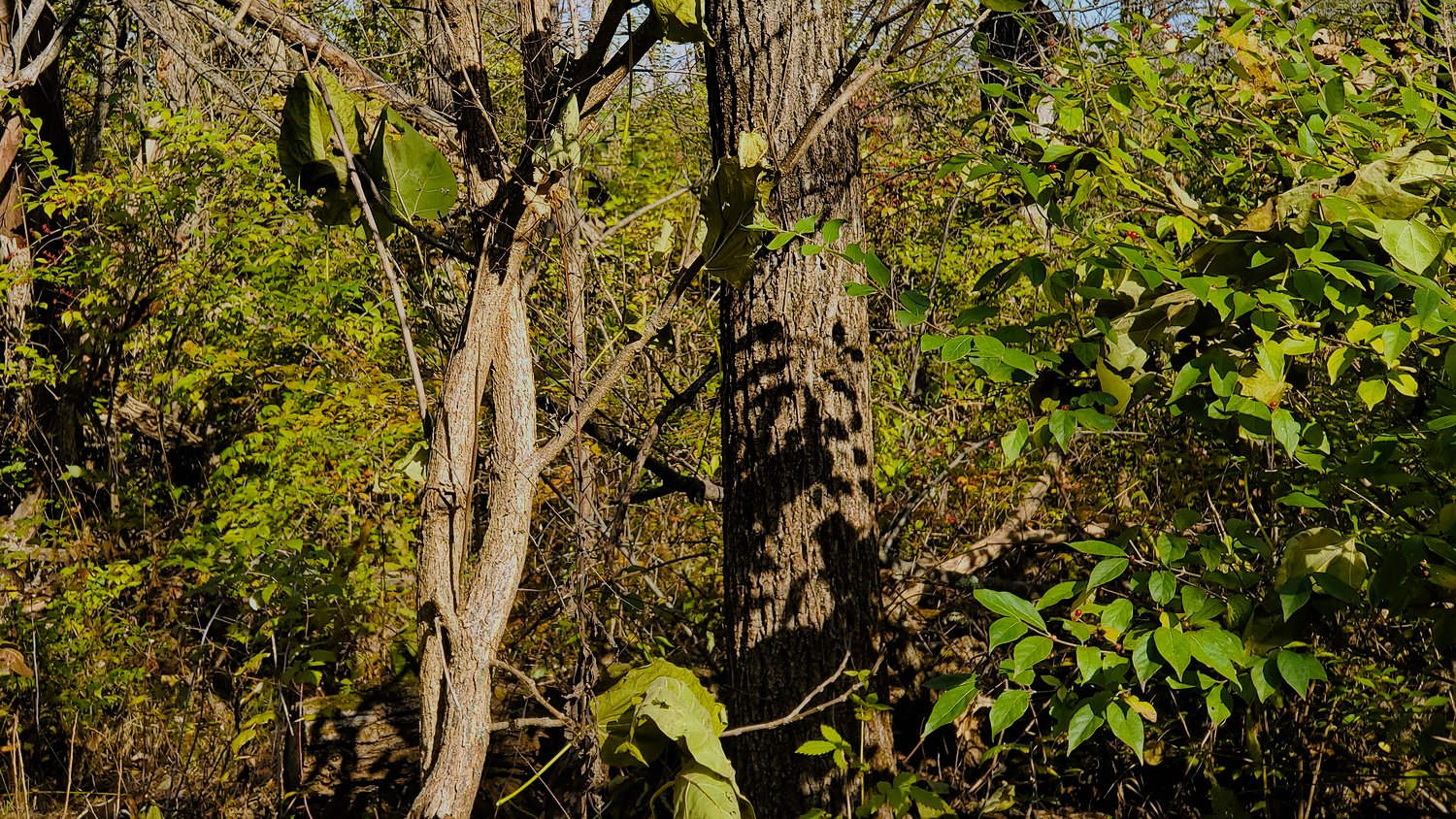
Get Listed
Are you a McHenry County business, nonprofit, or organization?
Be sure to claim your McHenry Life Directory listing and start making the most of your McHenry Life!

History
The area that has become the Rush Creek Conservation Area began in 1942 when eight acres were preserved through cooperation between the Diggins Estate, which was one of the early families that settled the area, the Soil Conservation Service, the Illinois Department of Conservation, and the McHenry County Soil and Conservation District. This effort was one of the earliest wildlife conservation demonstration areas in Illinois.
The Conservation District purchased 155 acres from the Burrows brothers in 1974. Subsequent acquisitions up through 1981 have yielded what currently makes up the Rush Creek Conservation Area.
